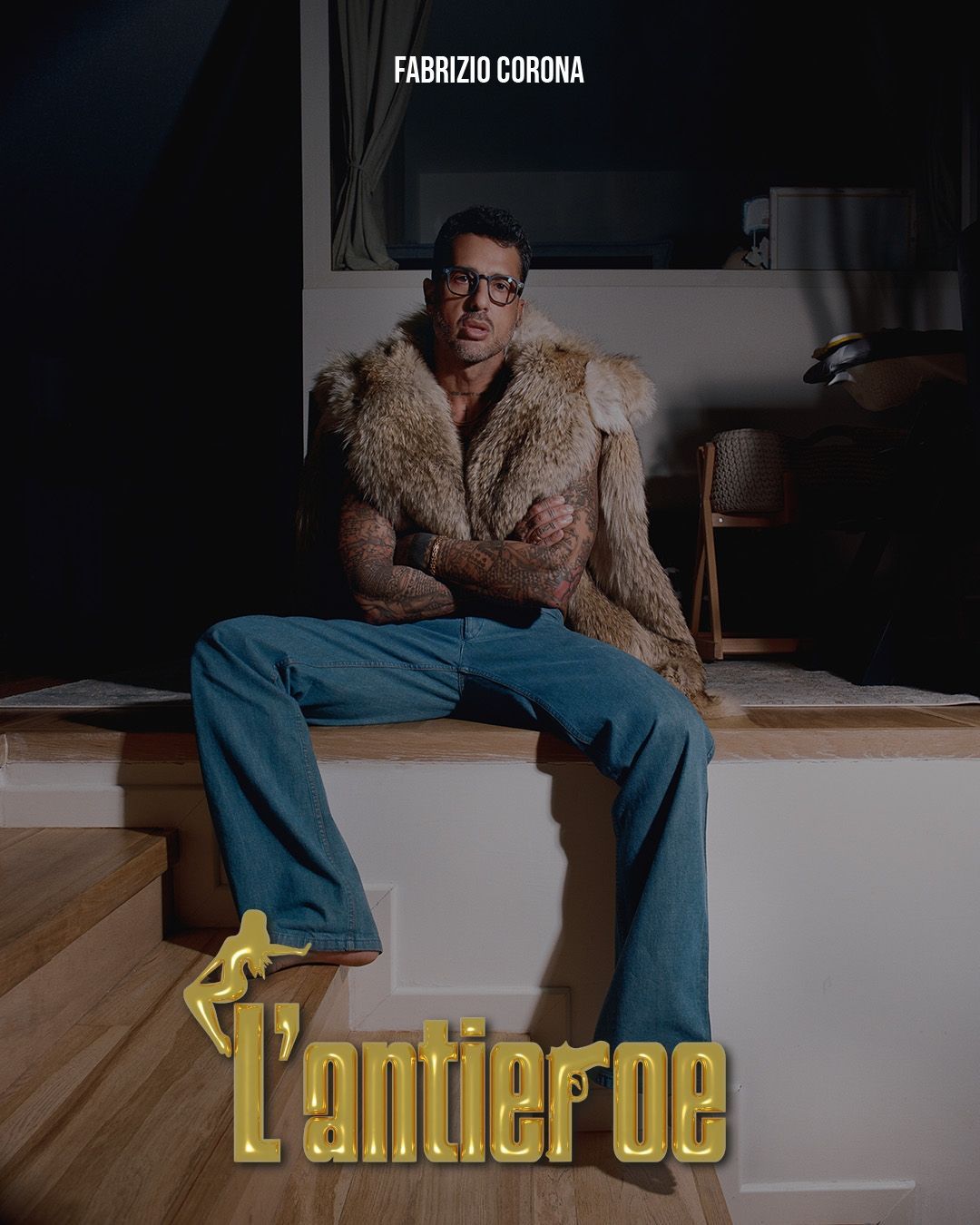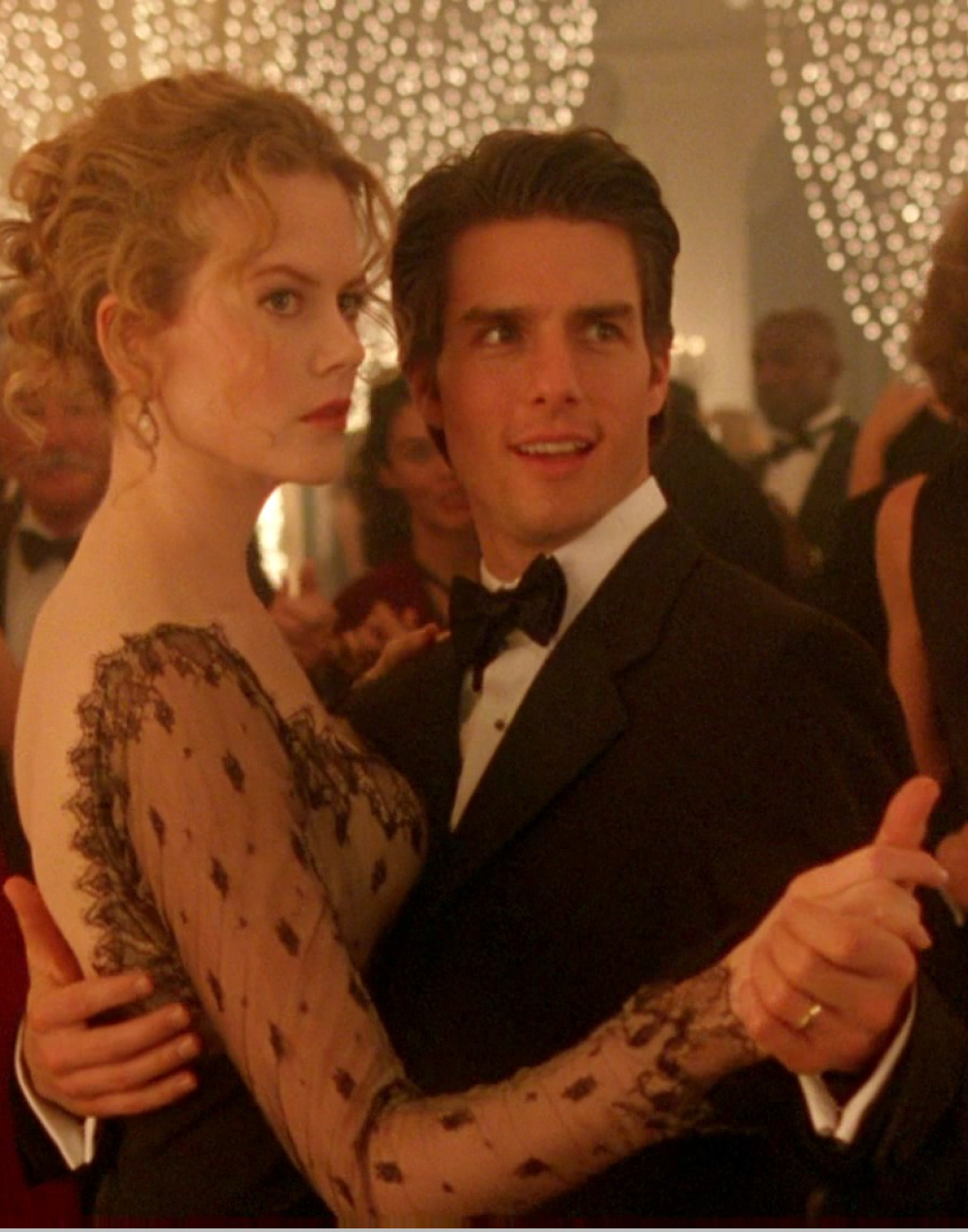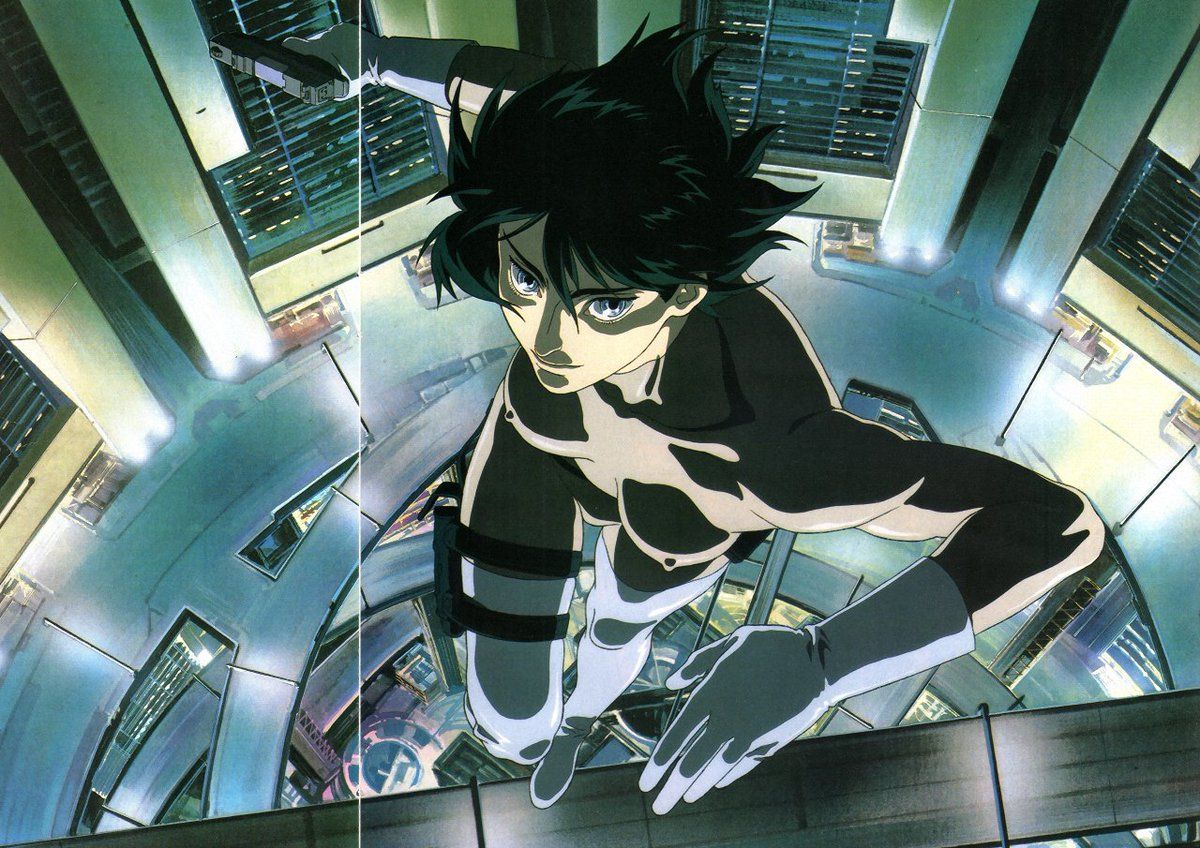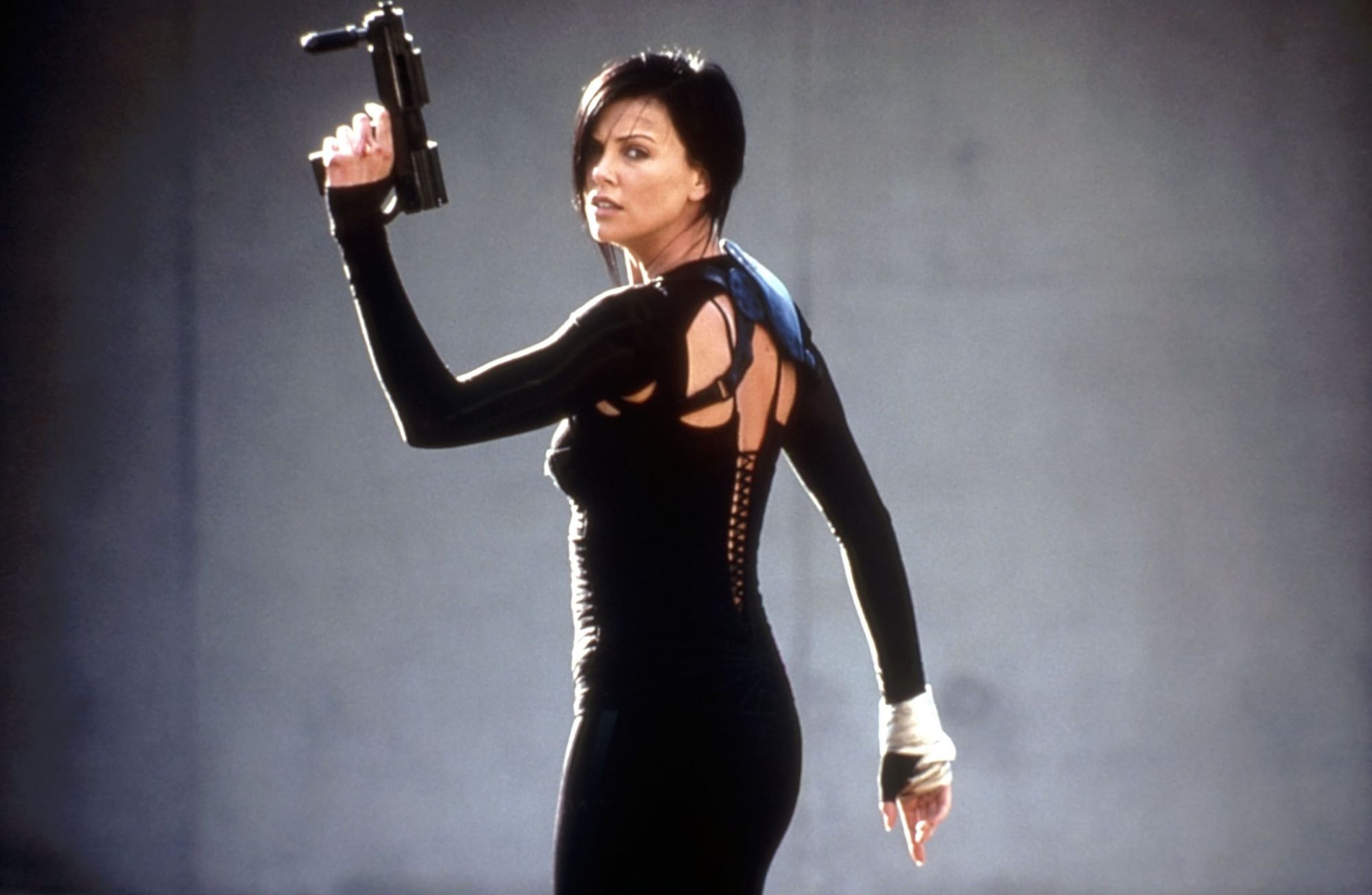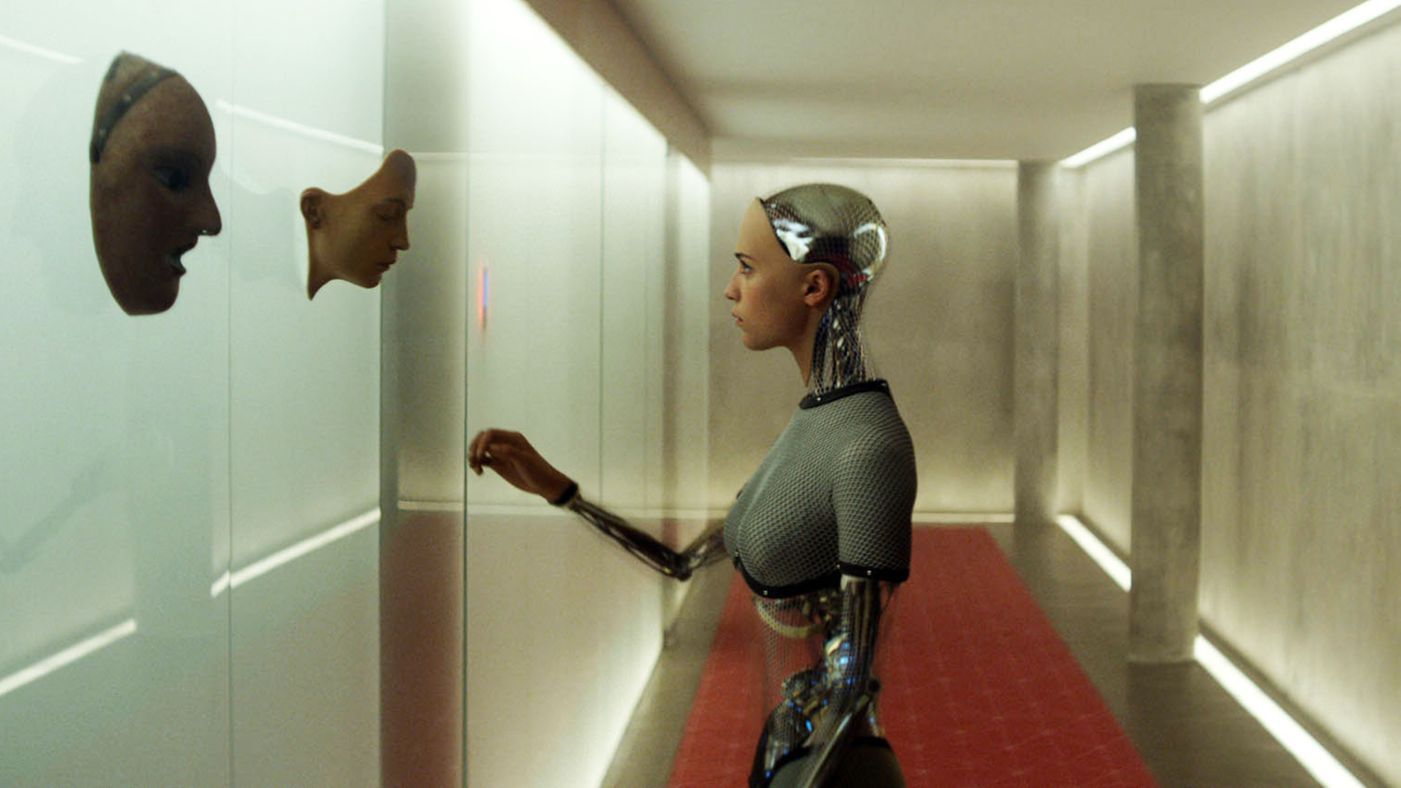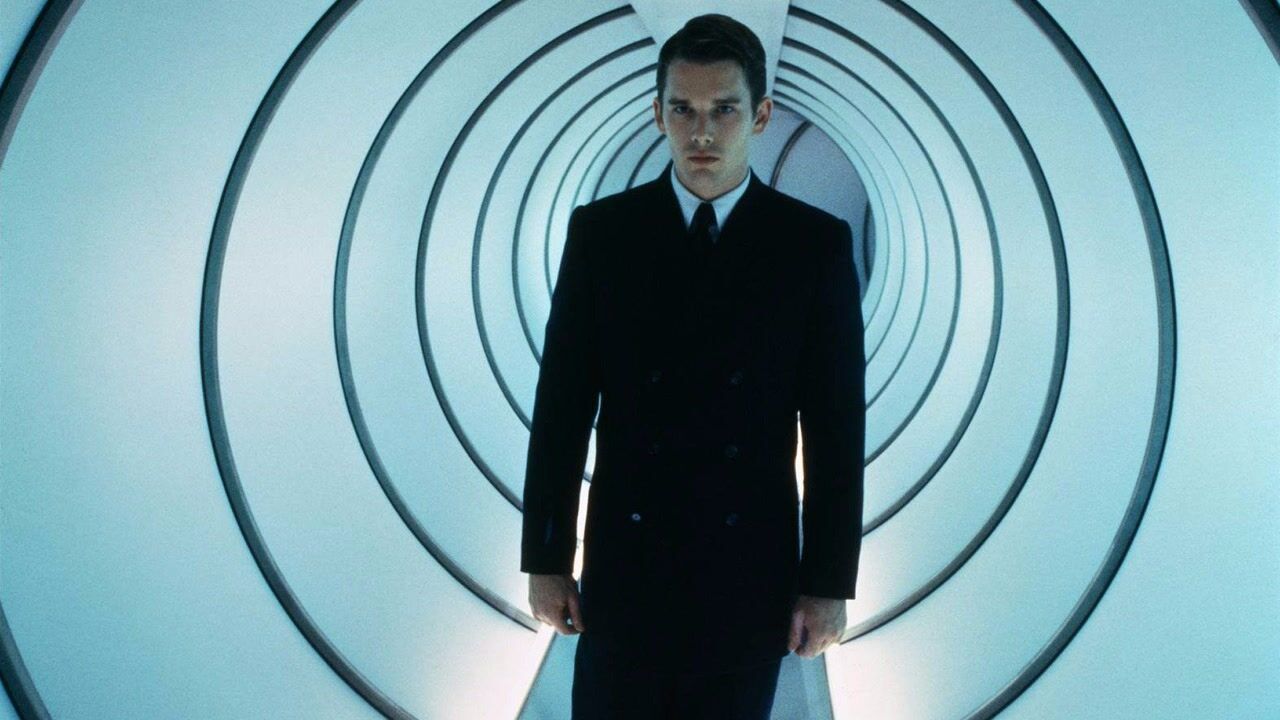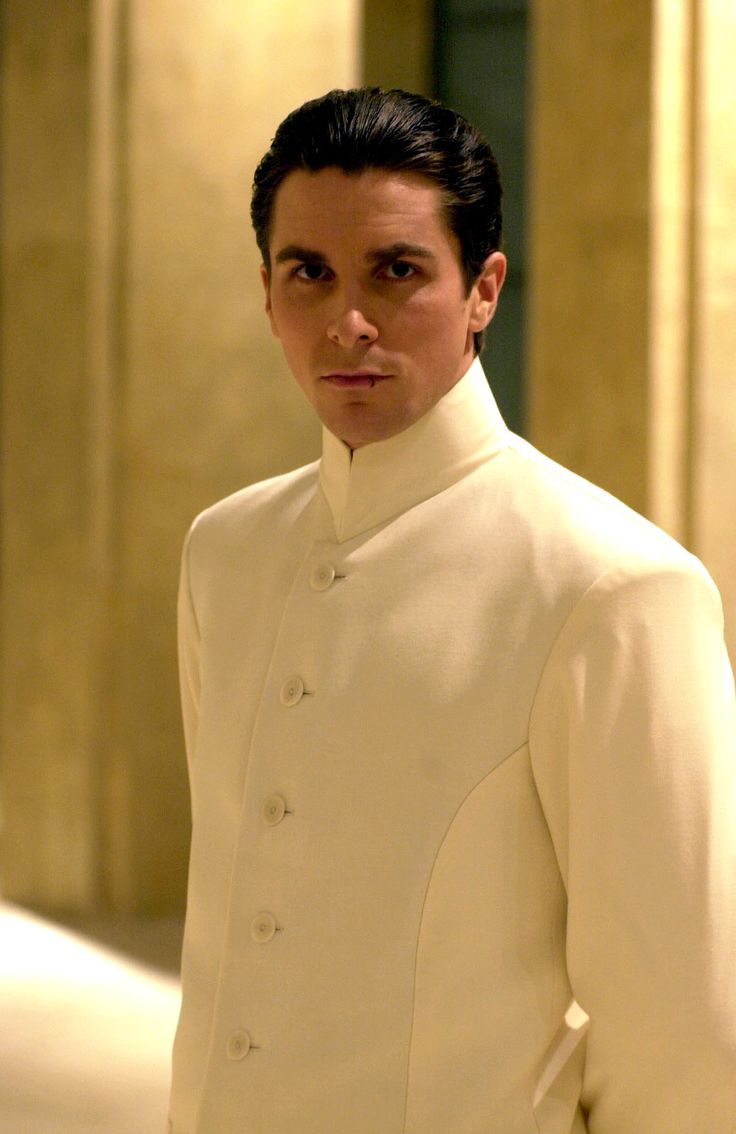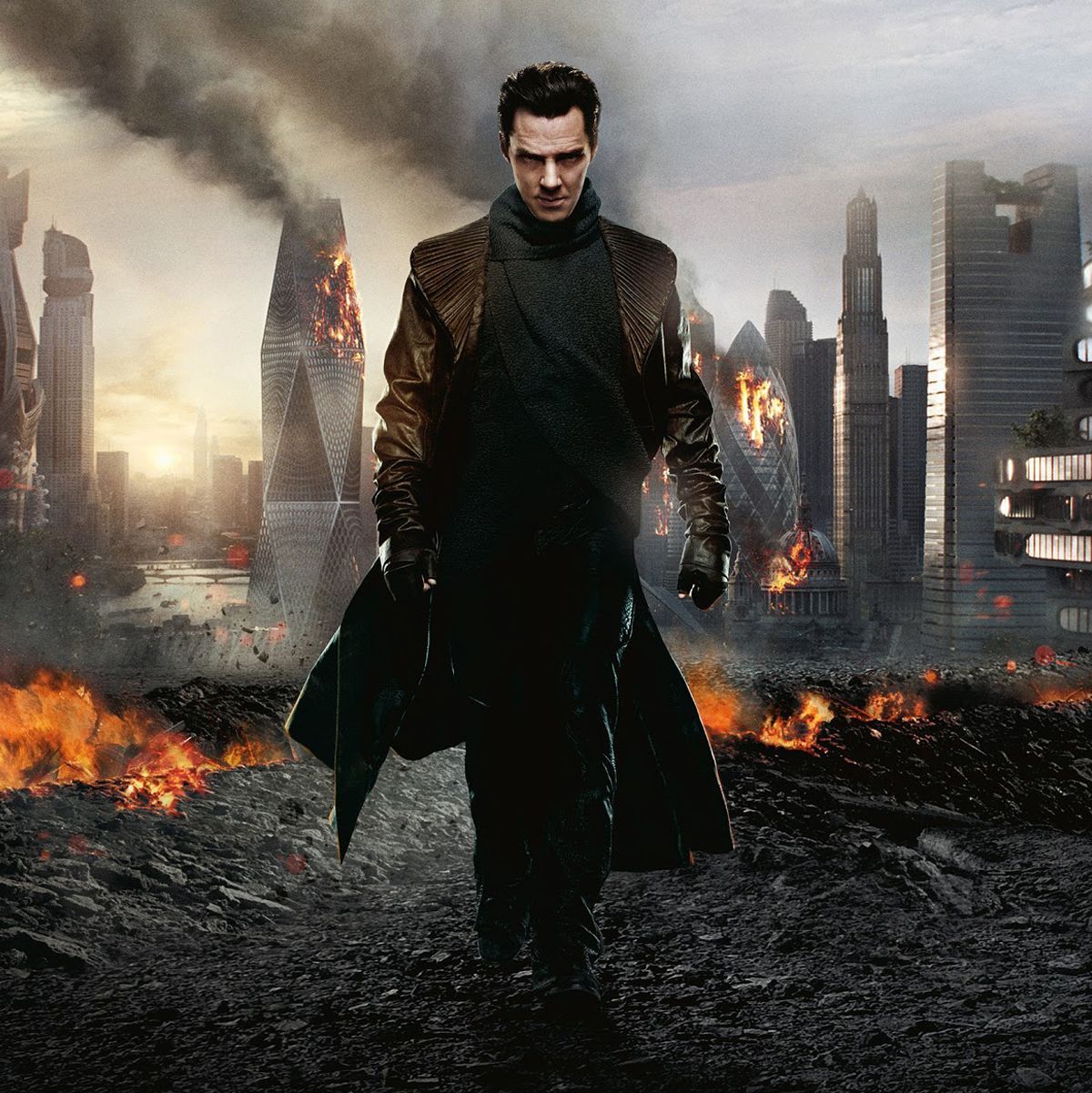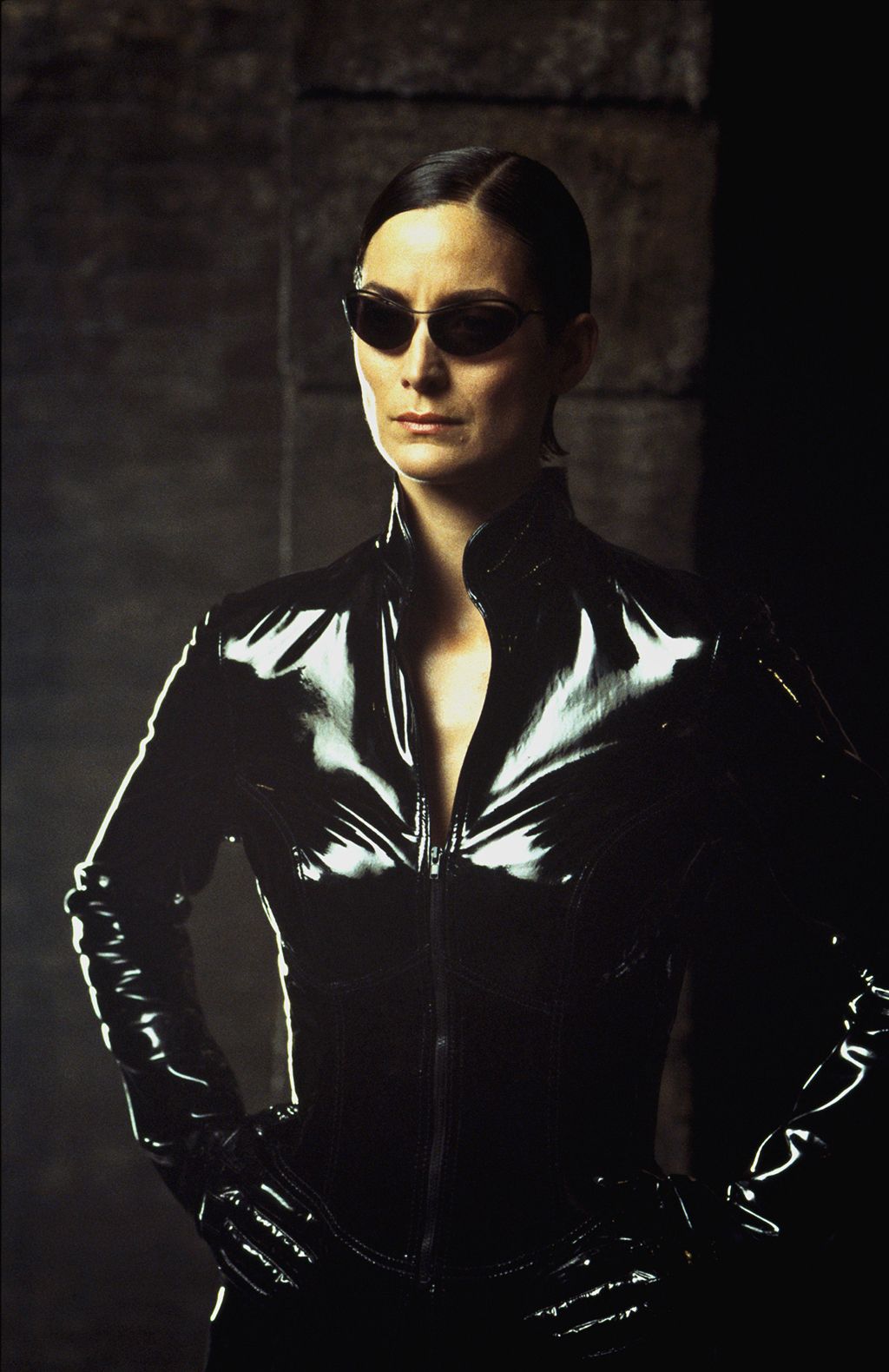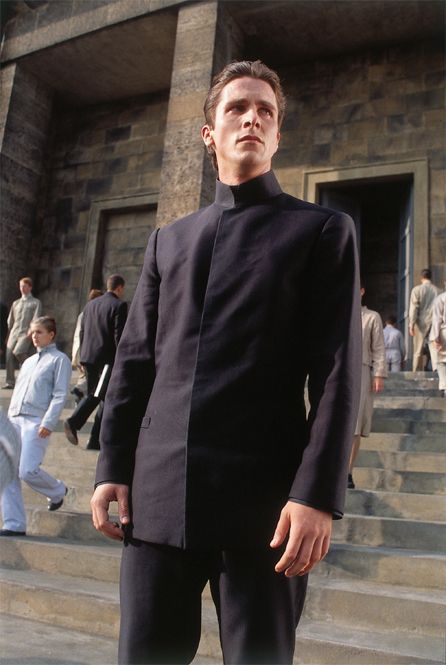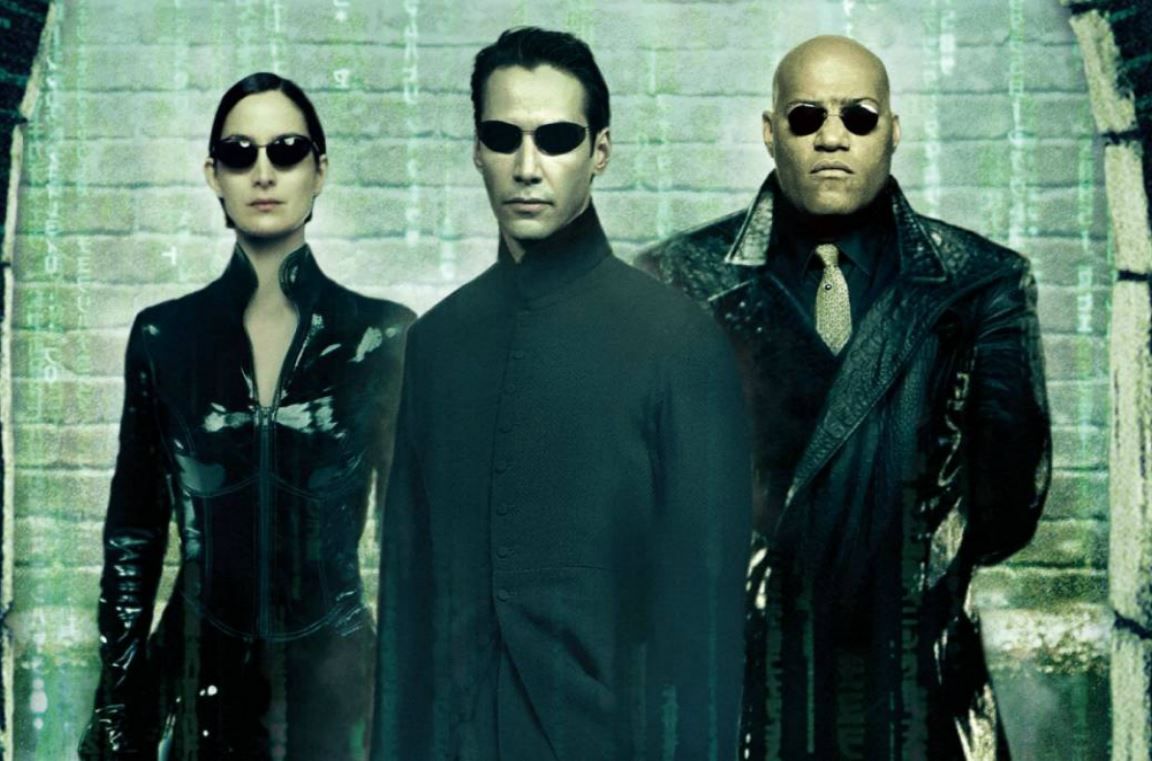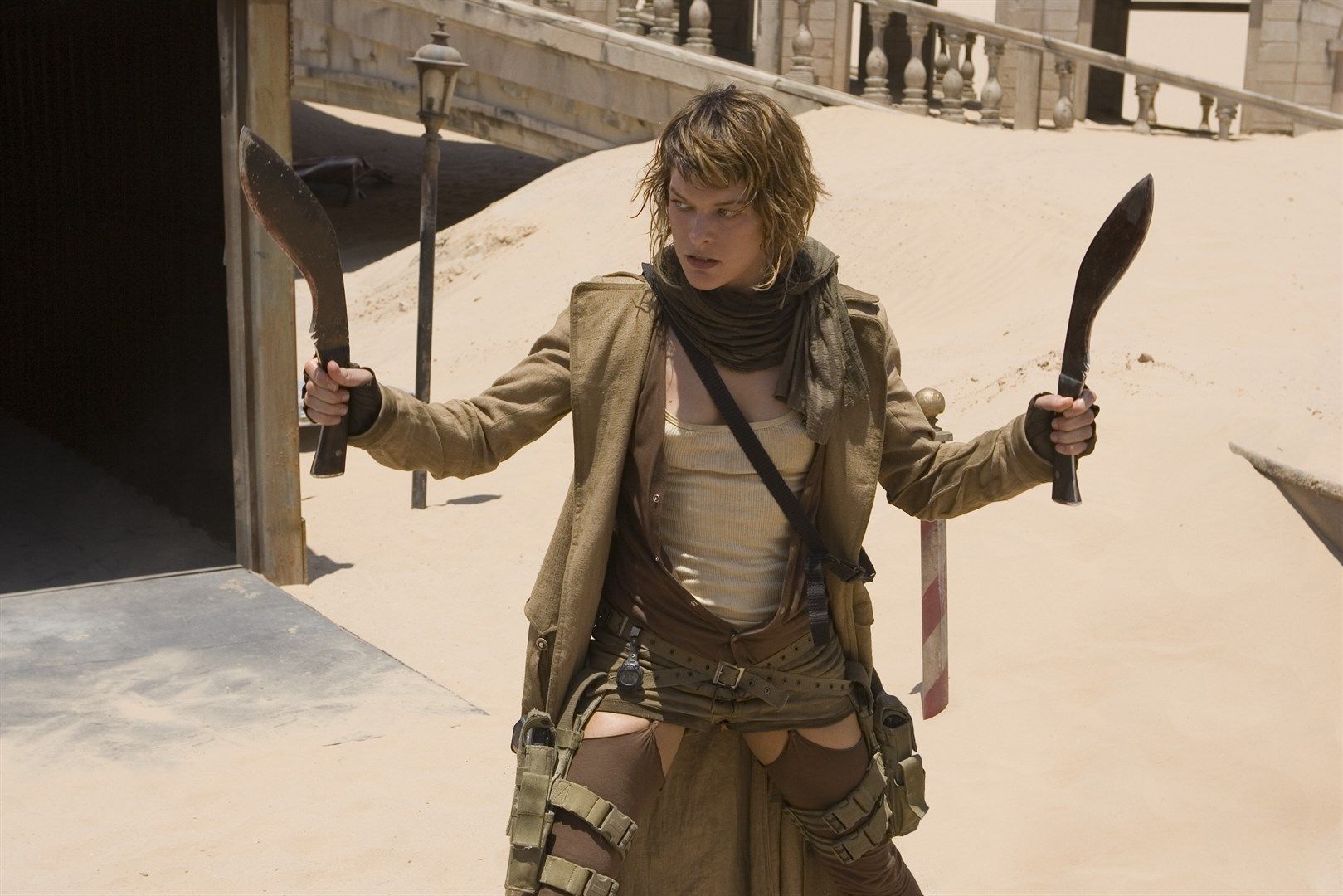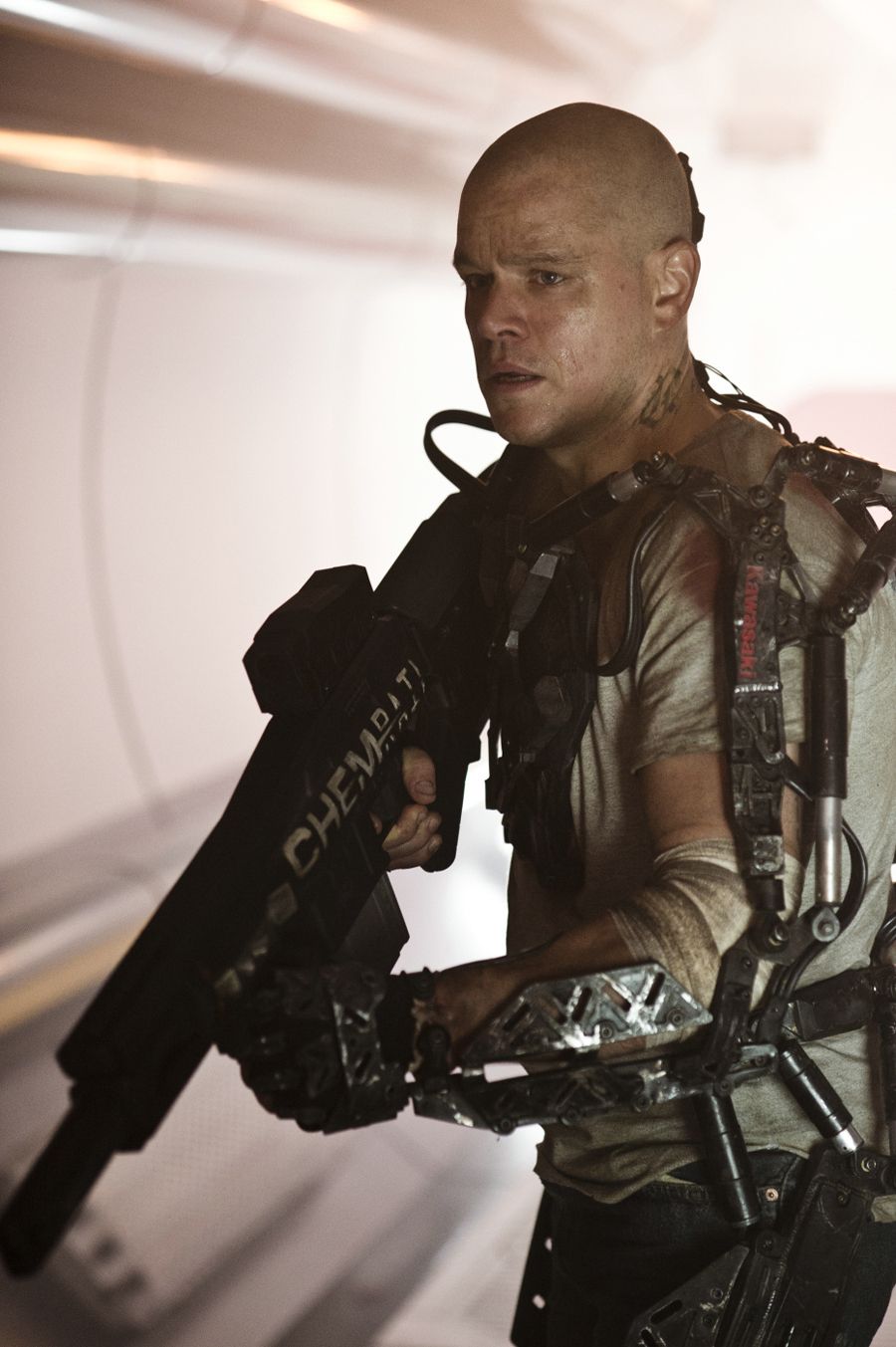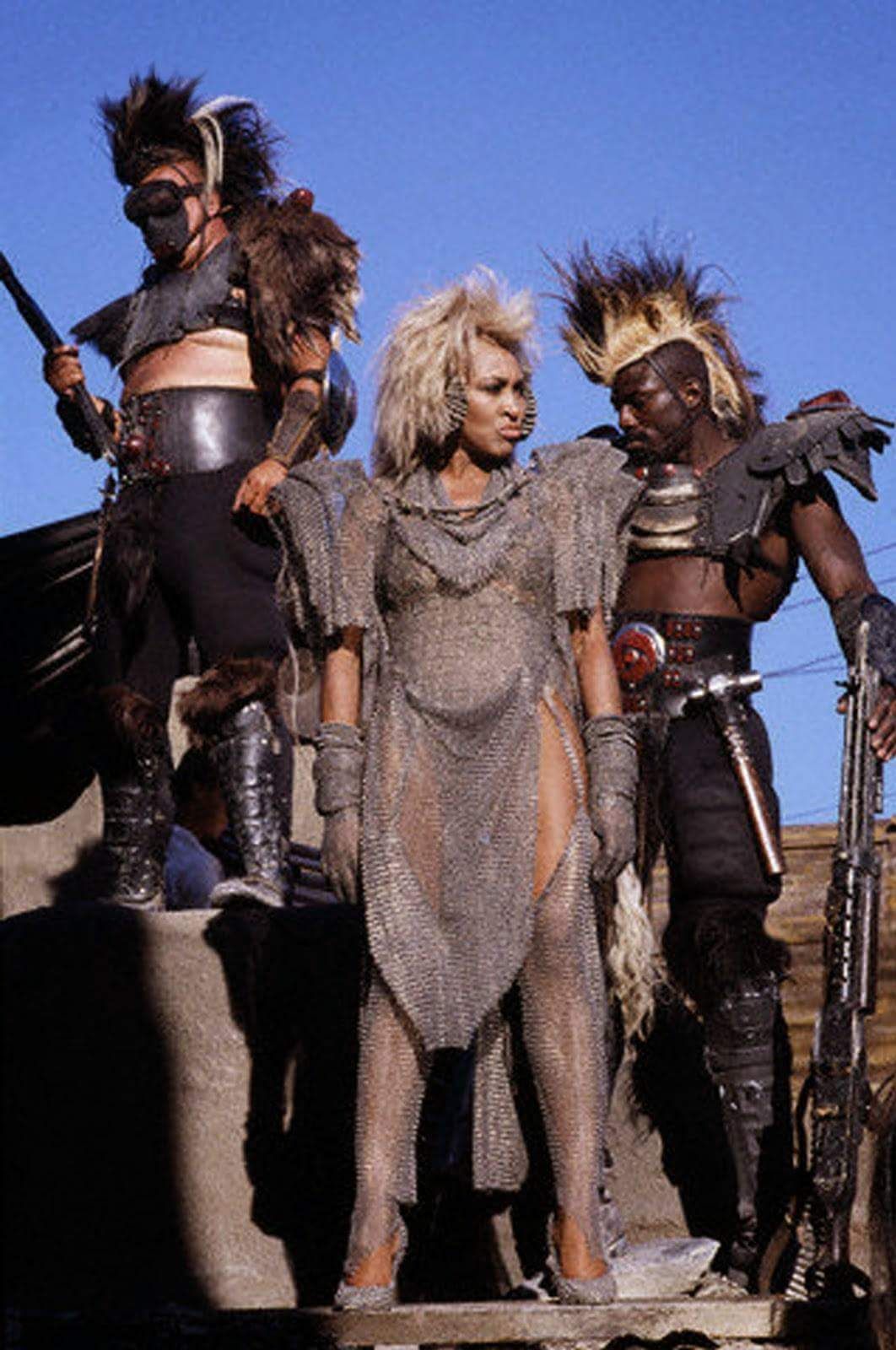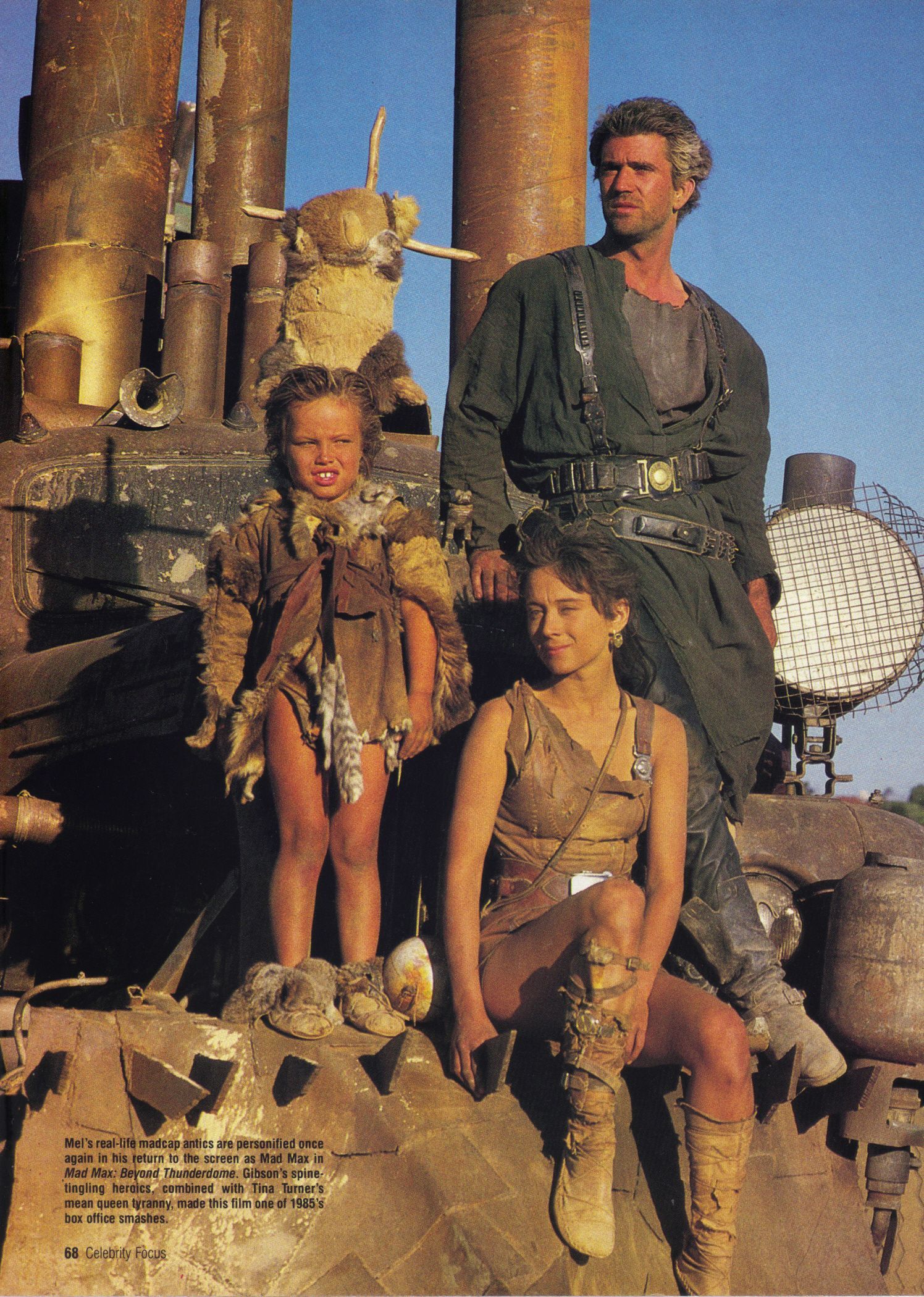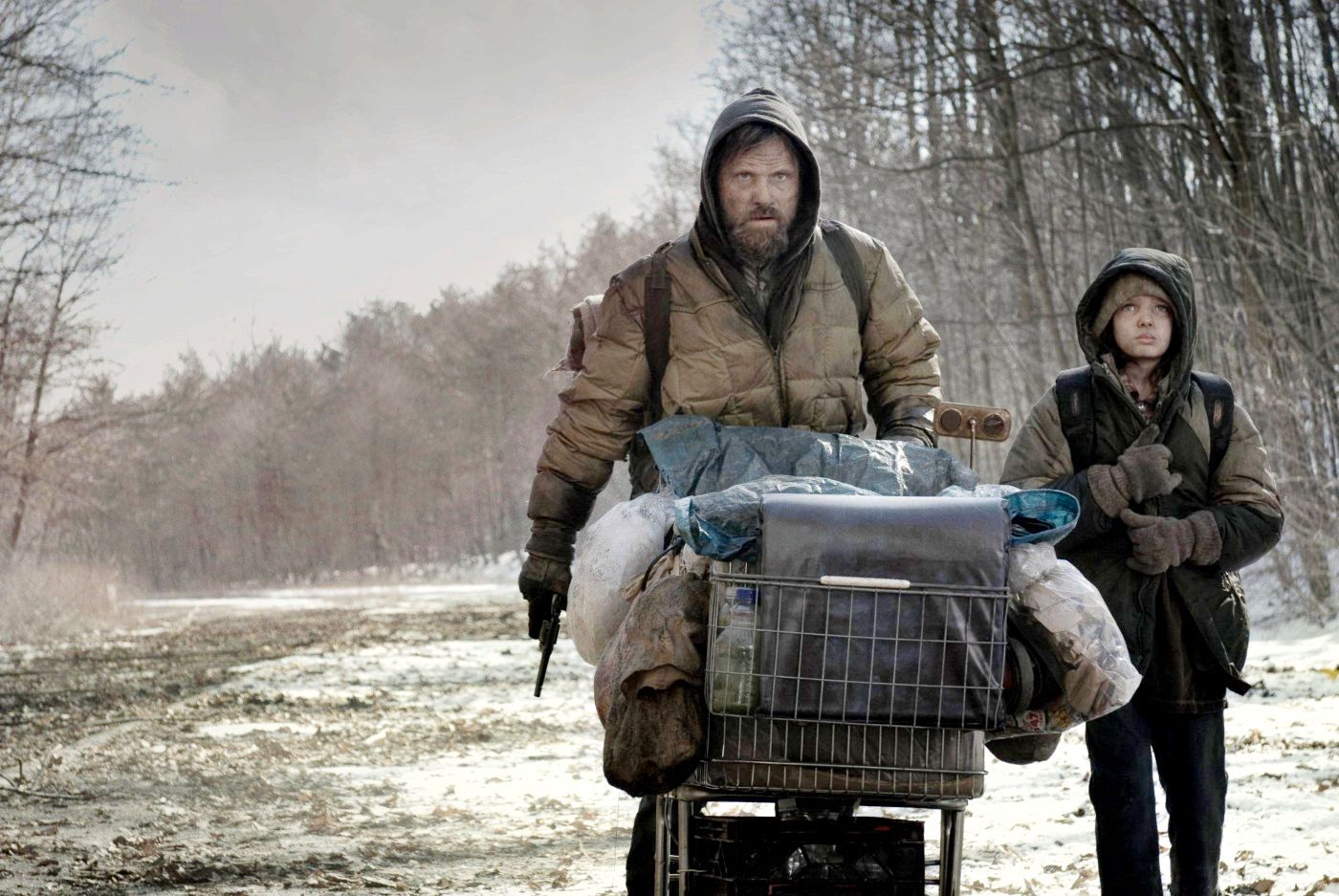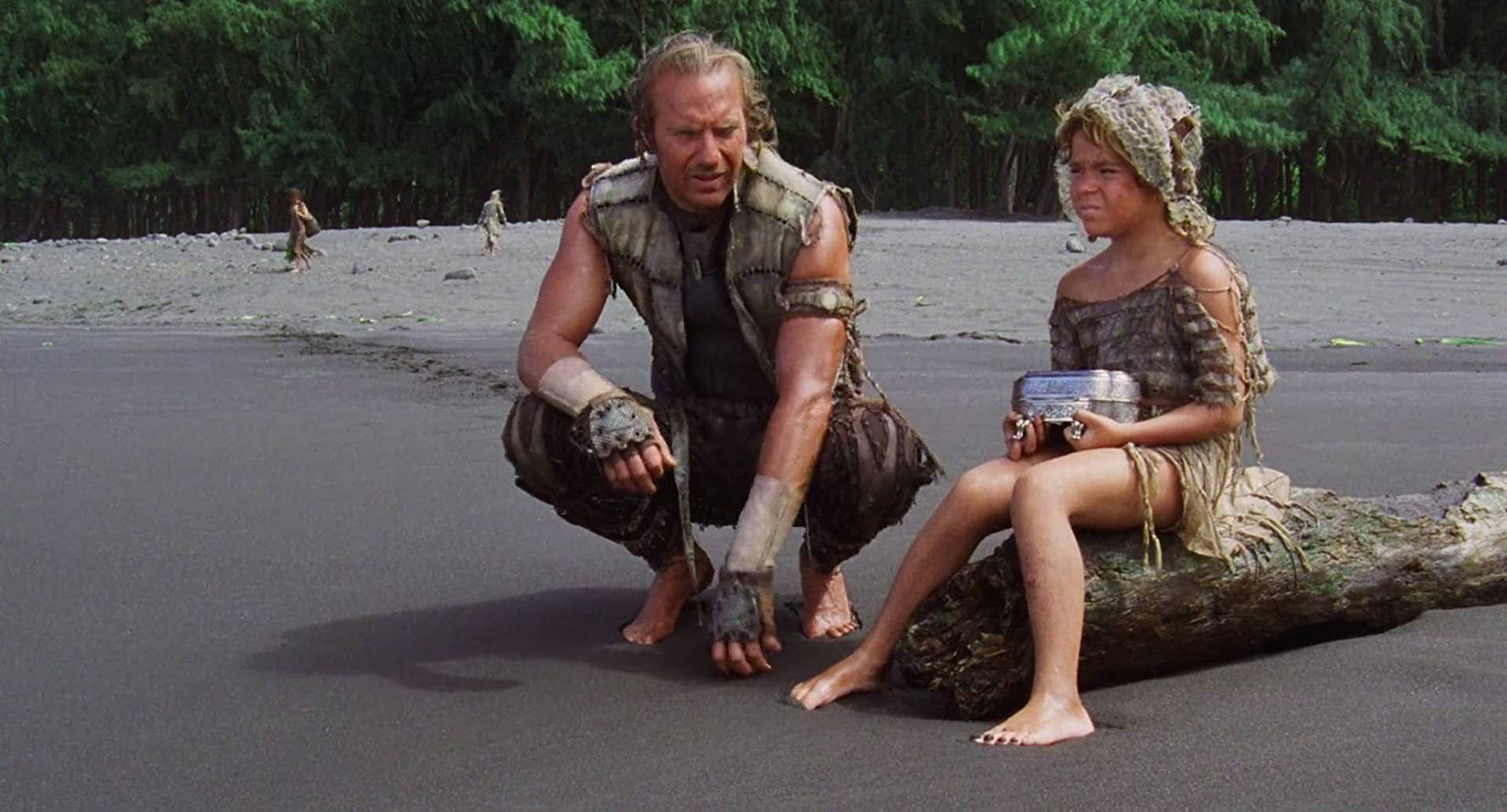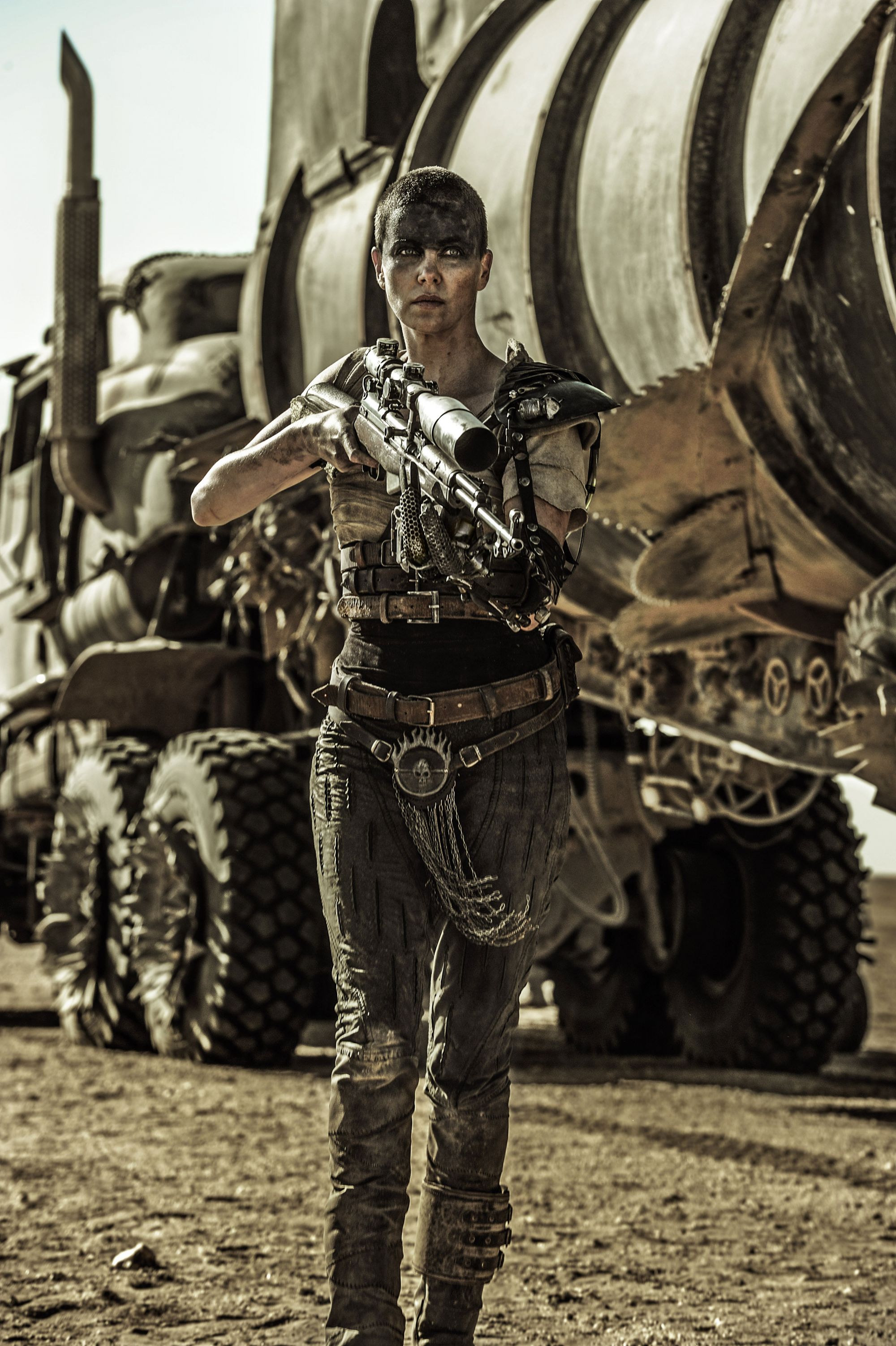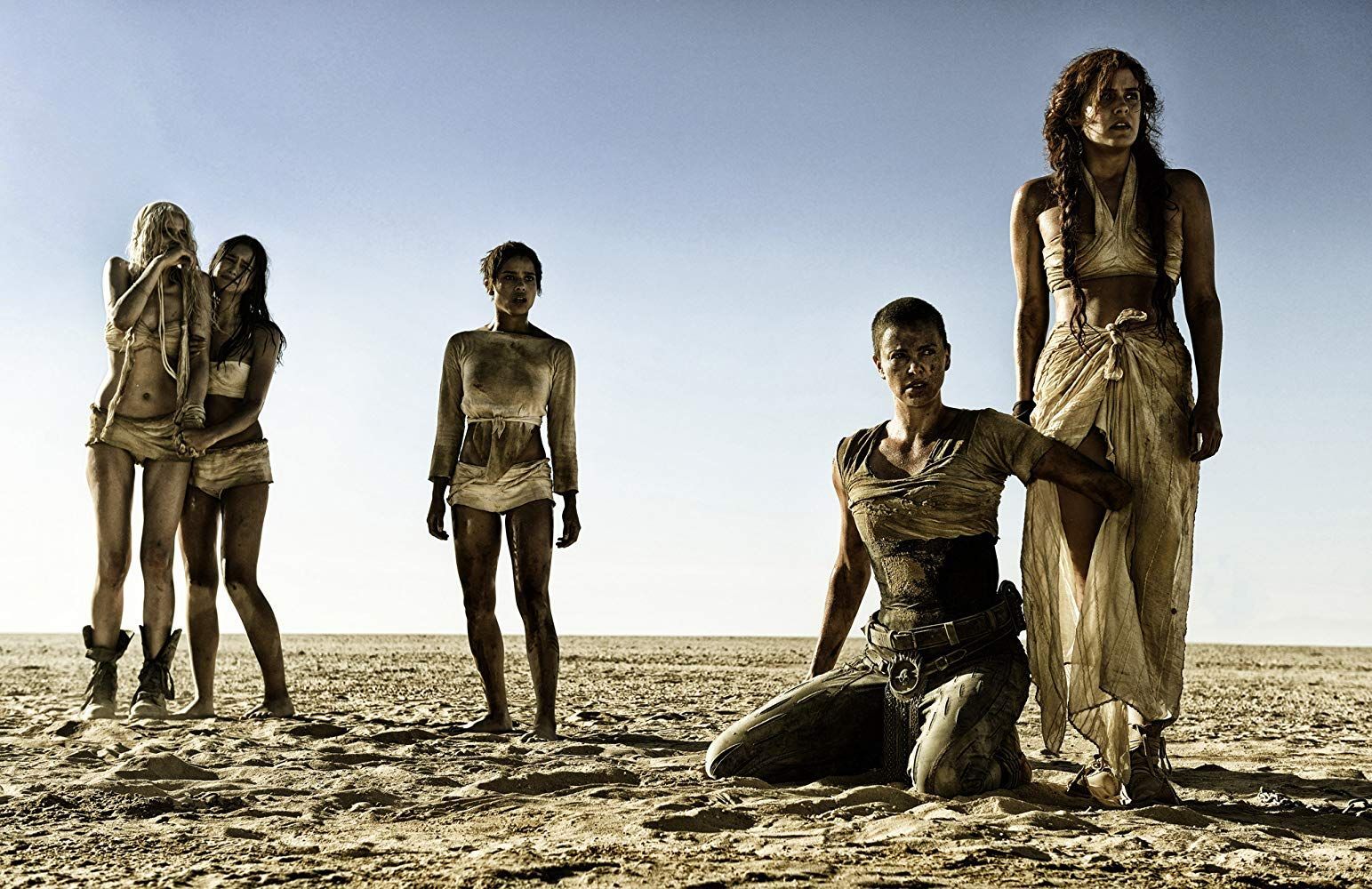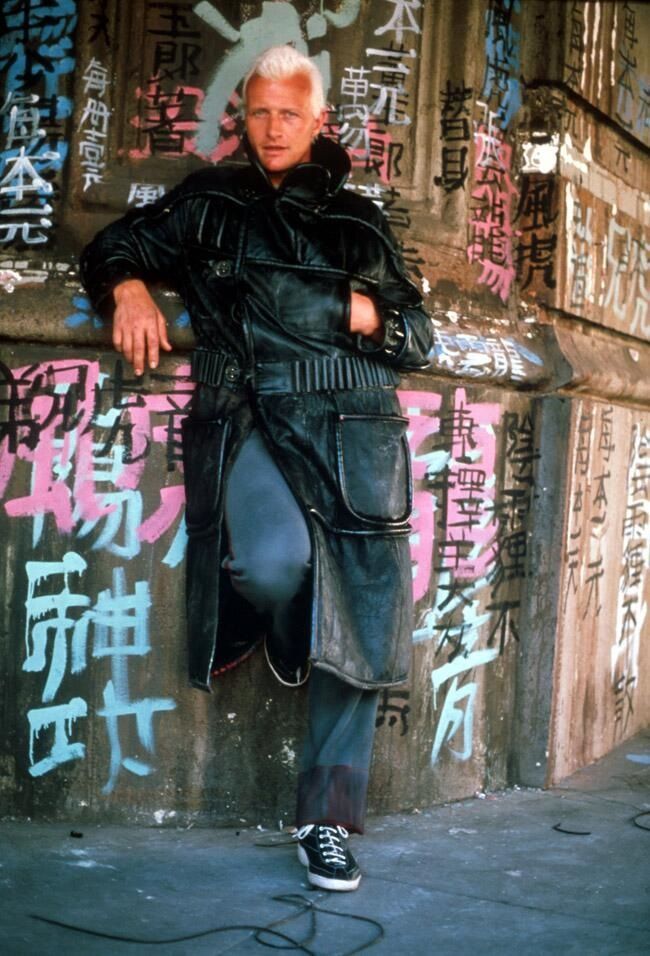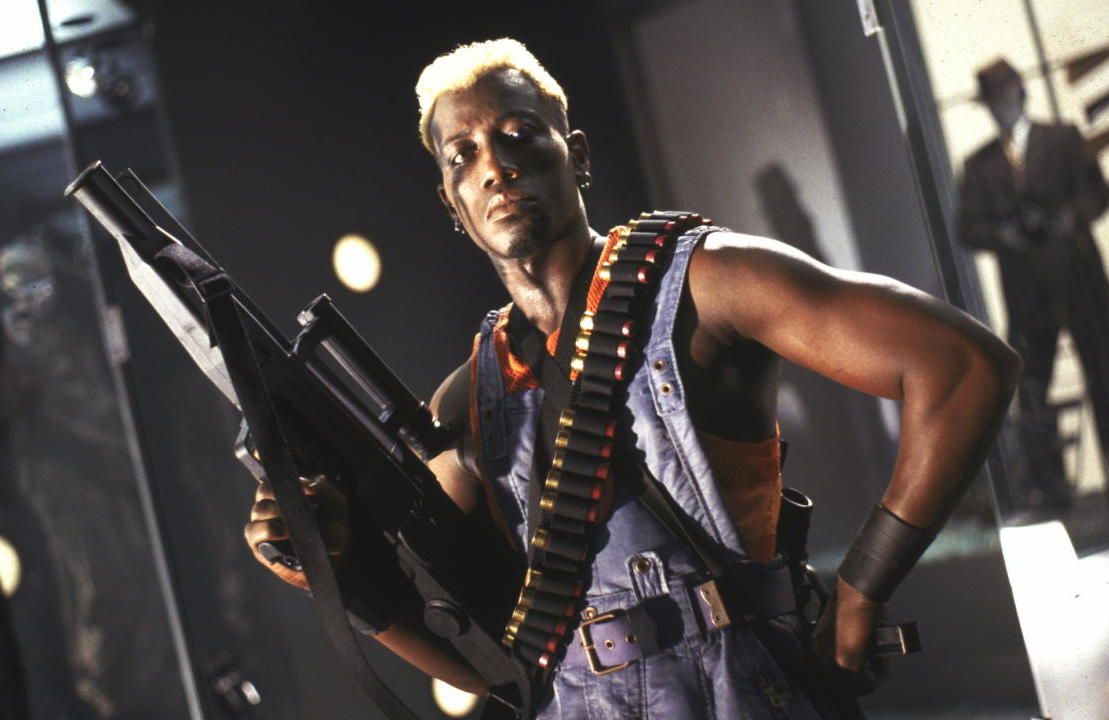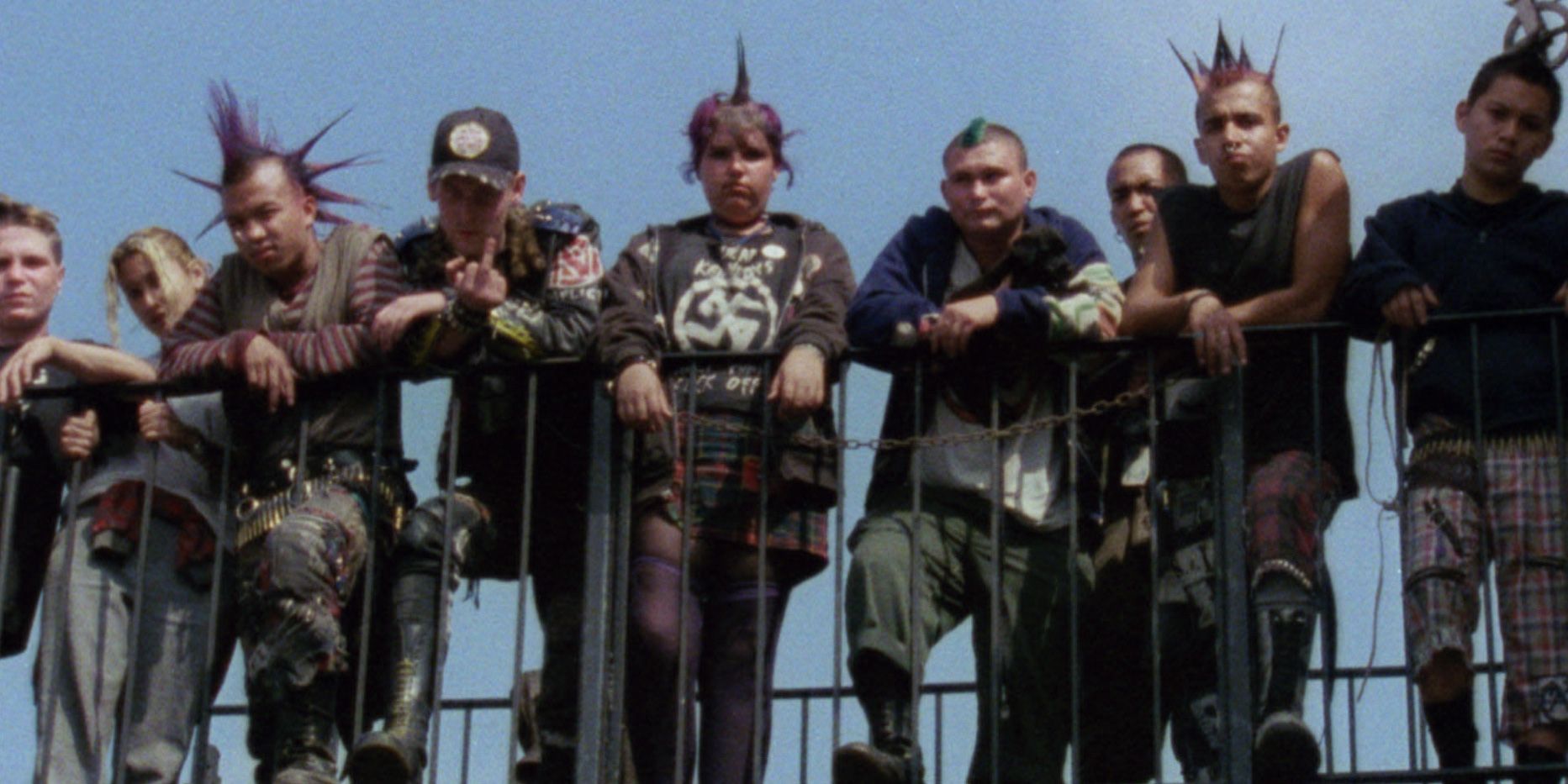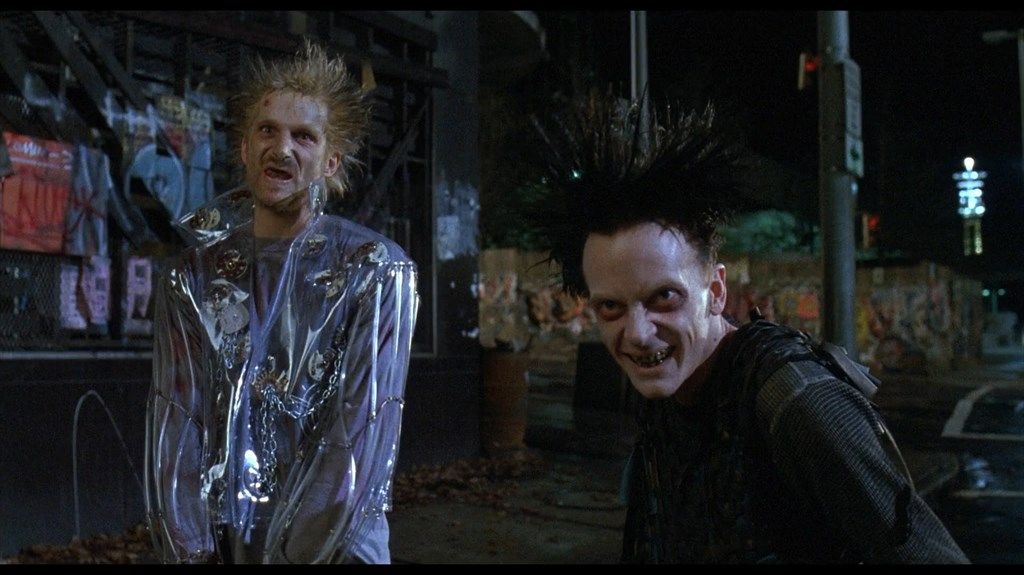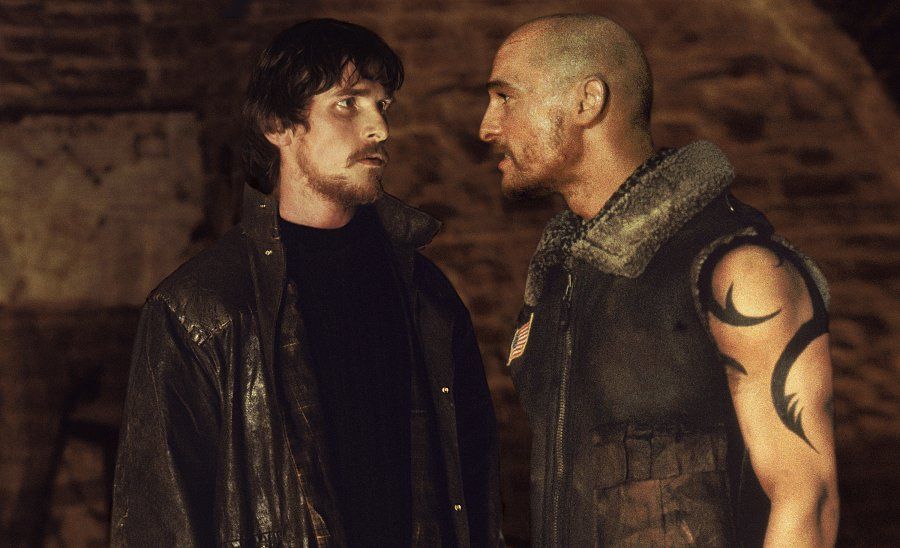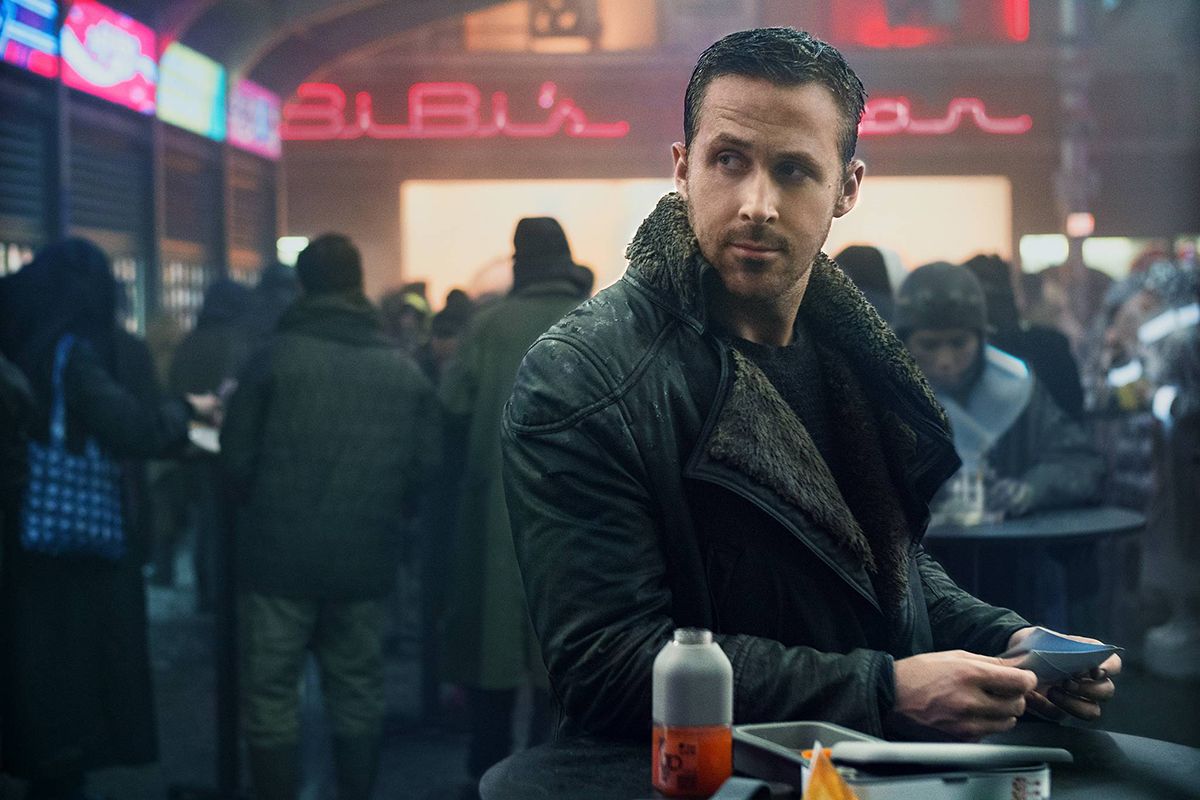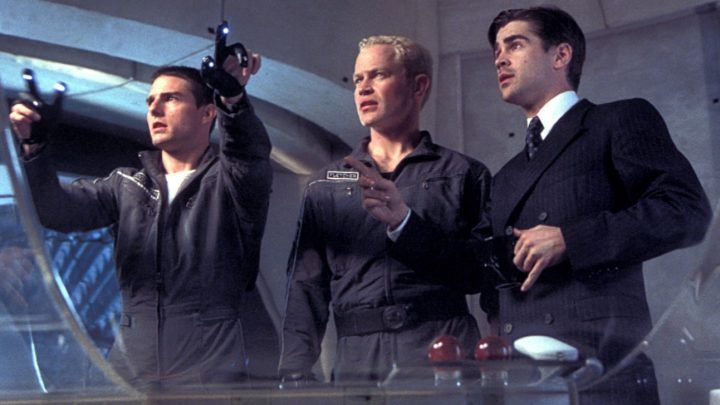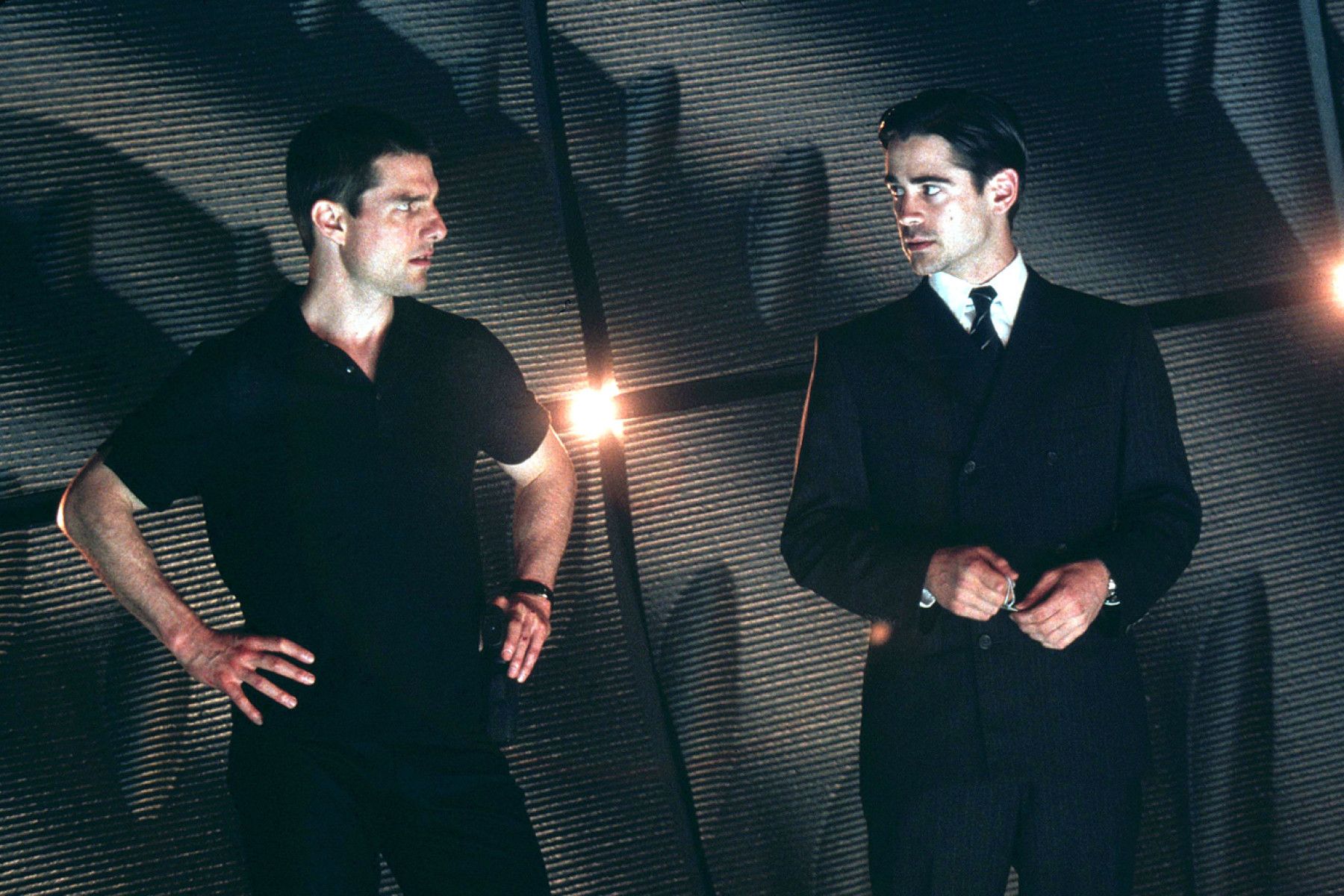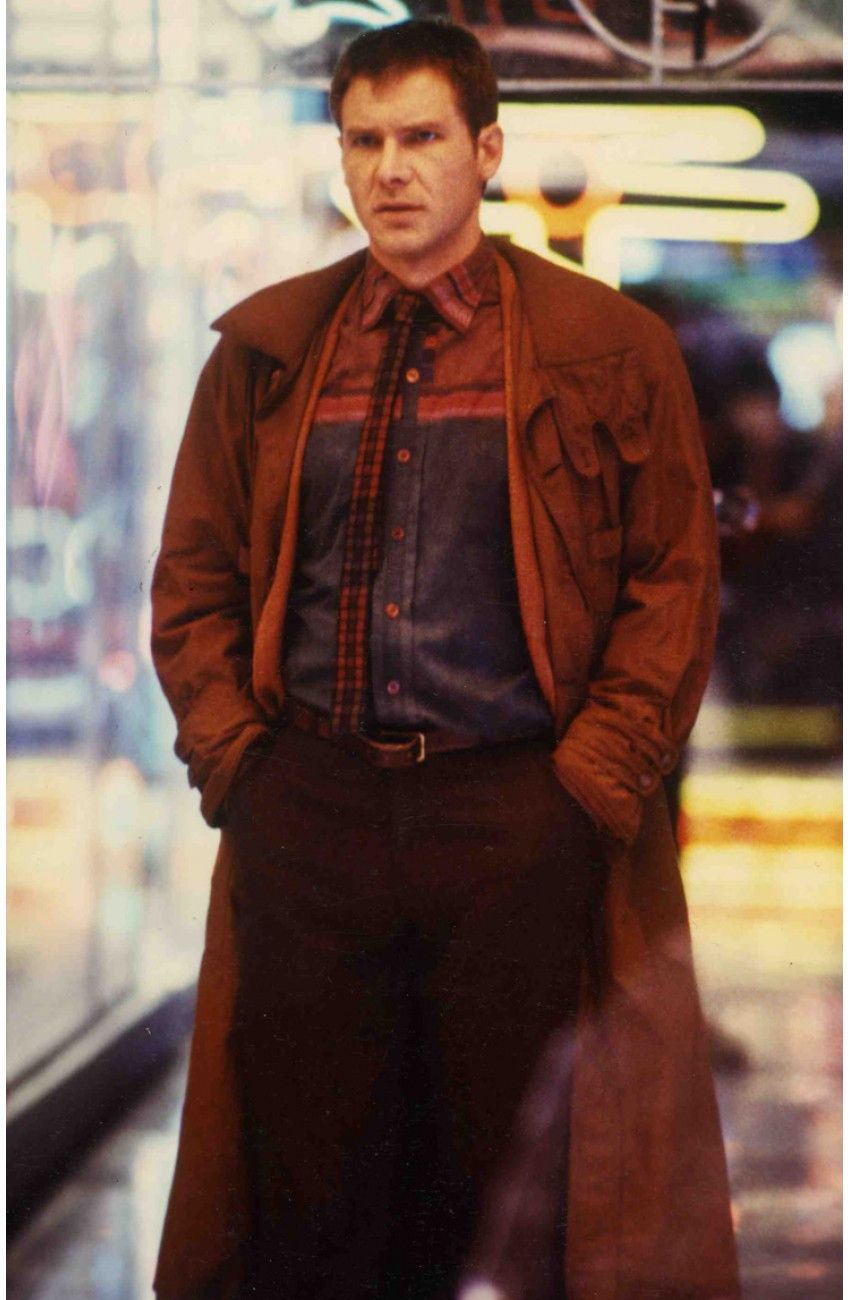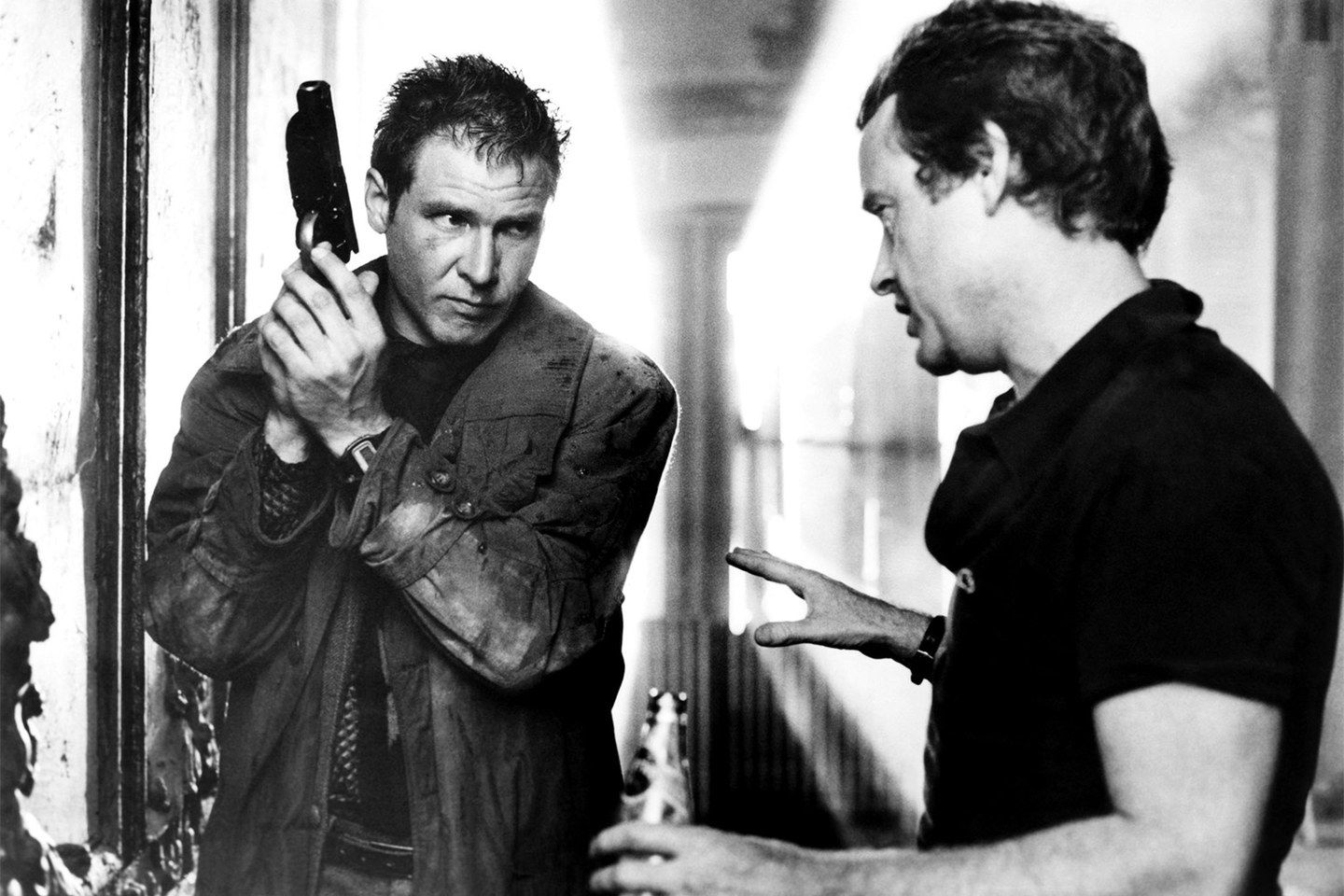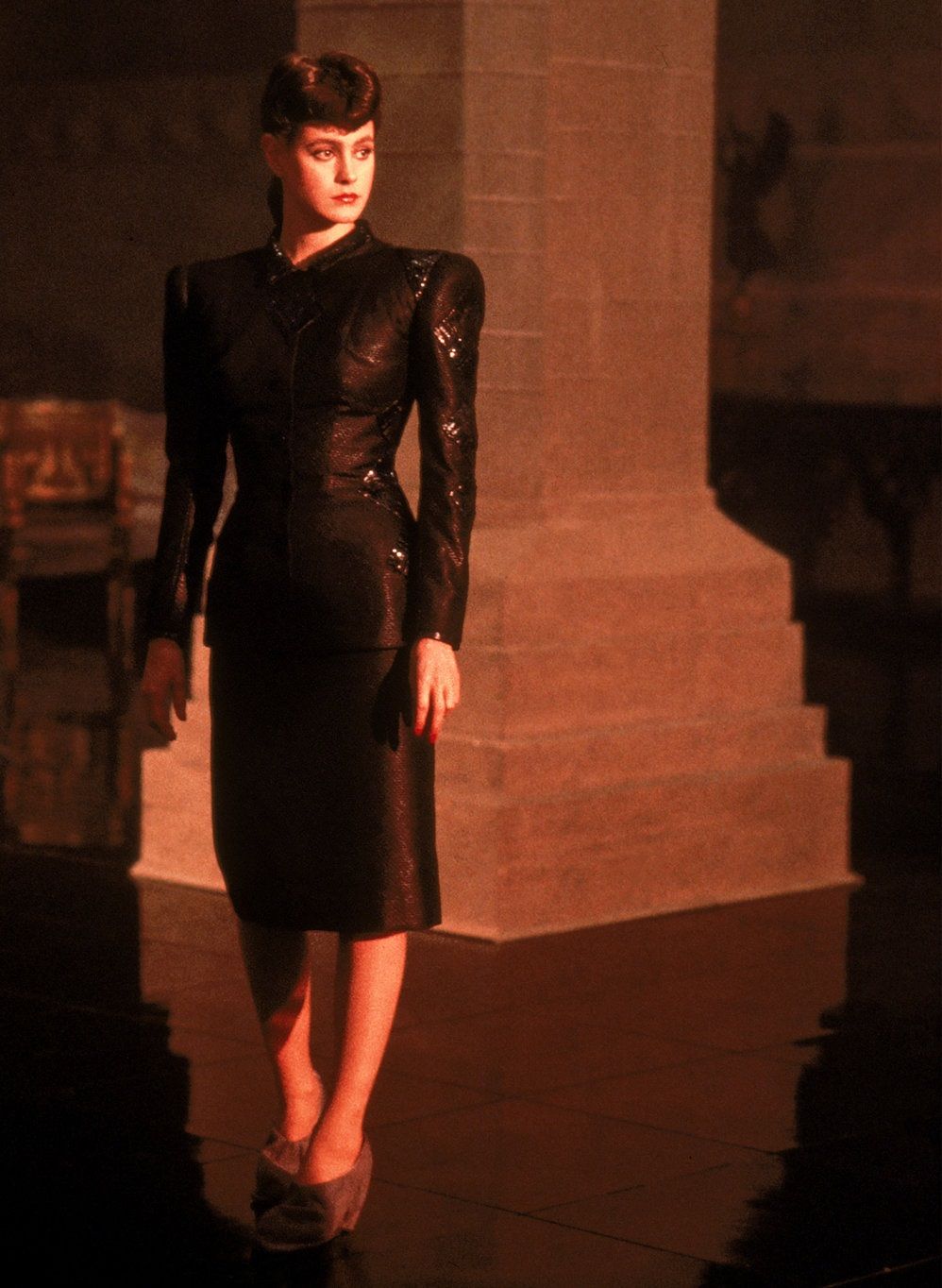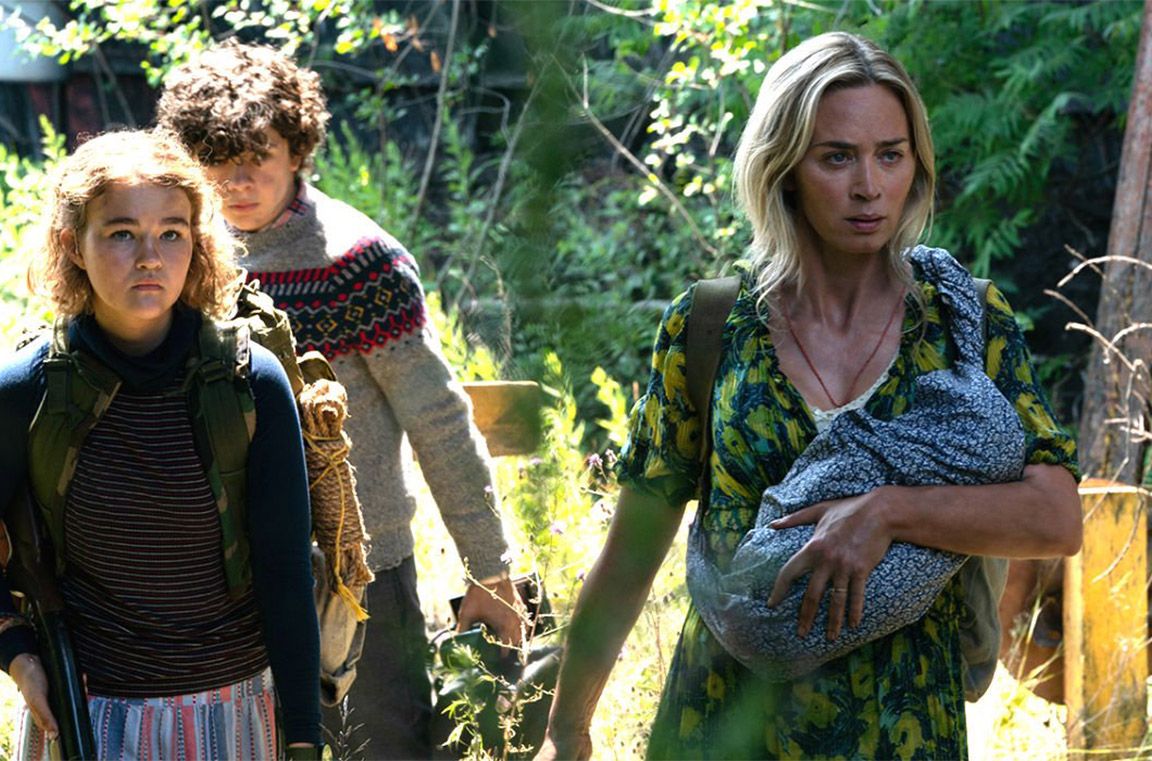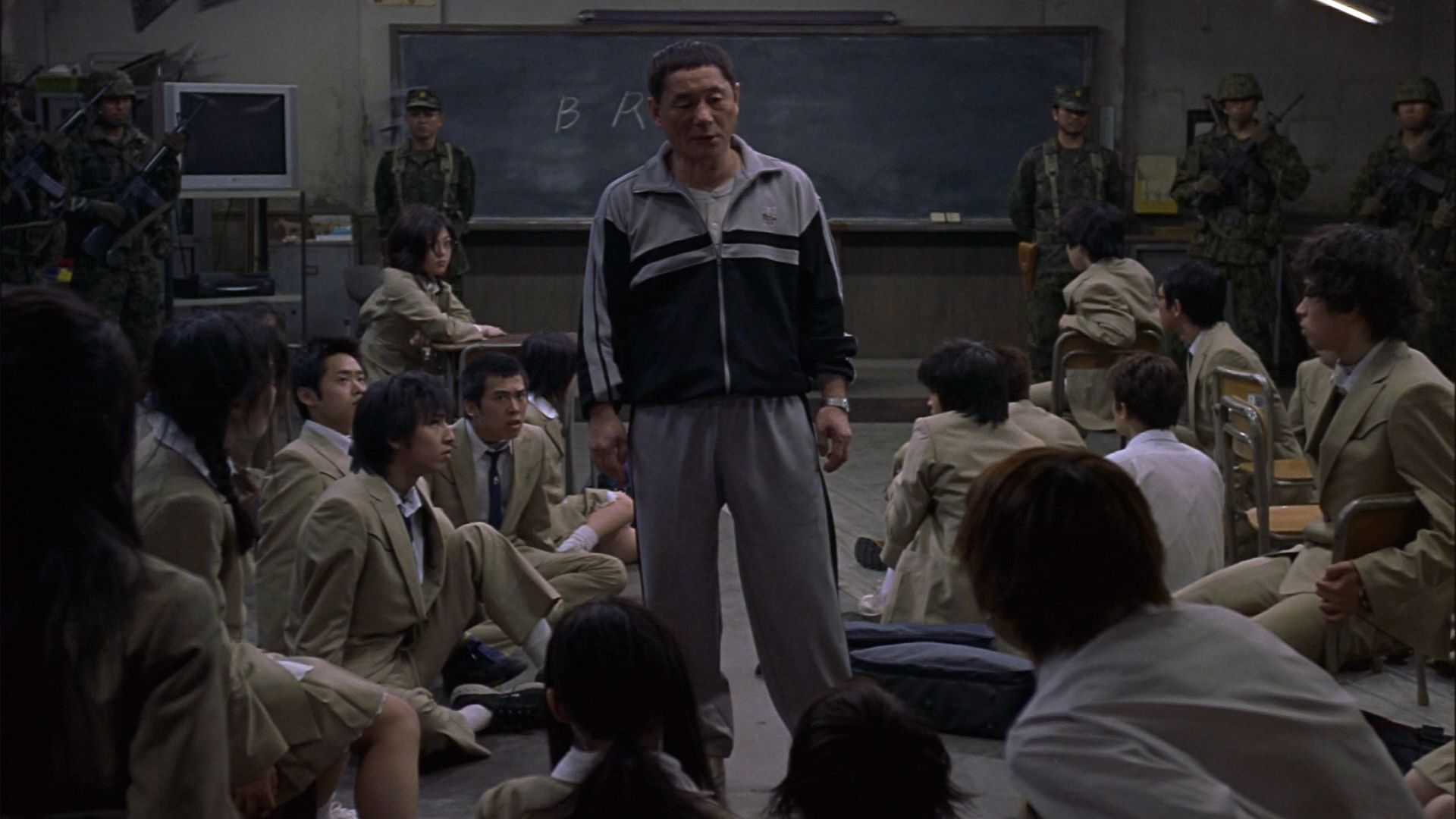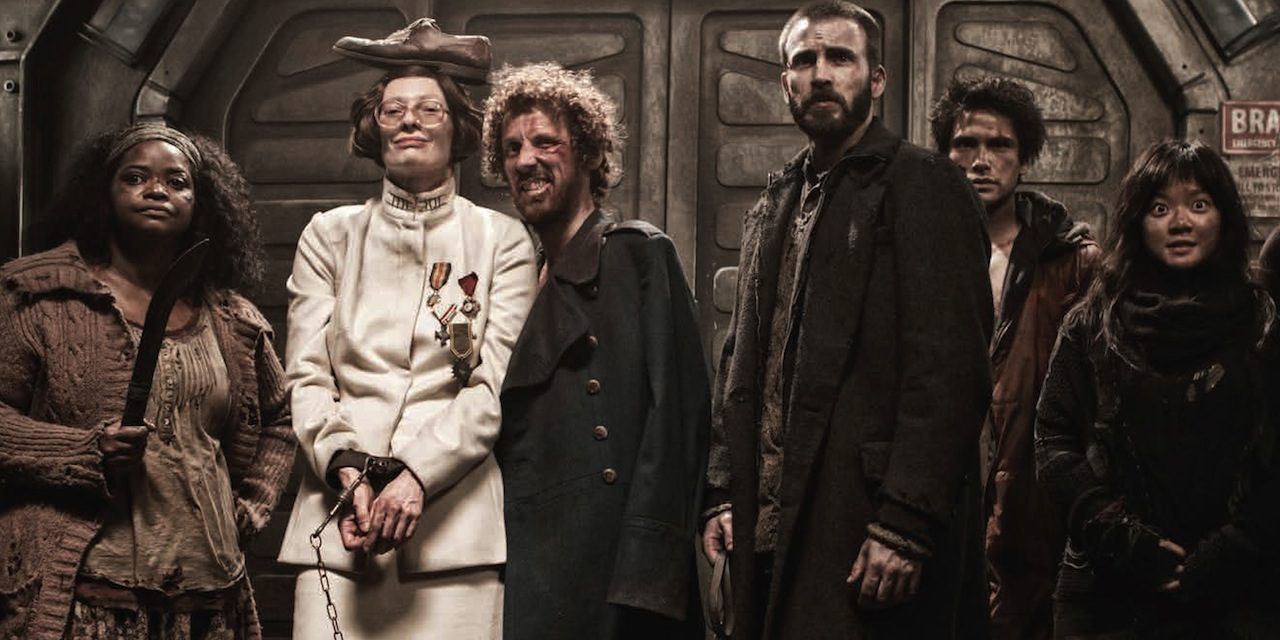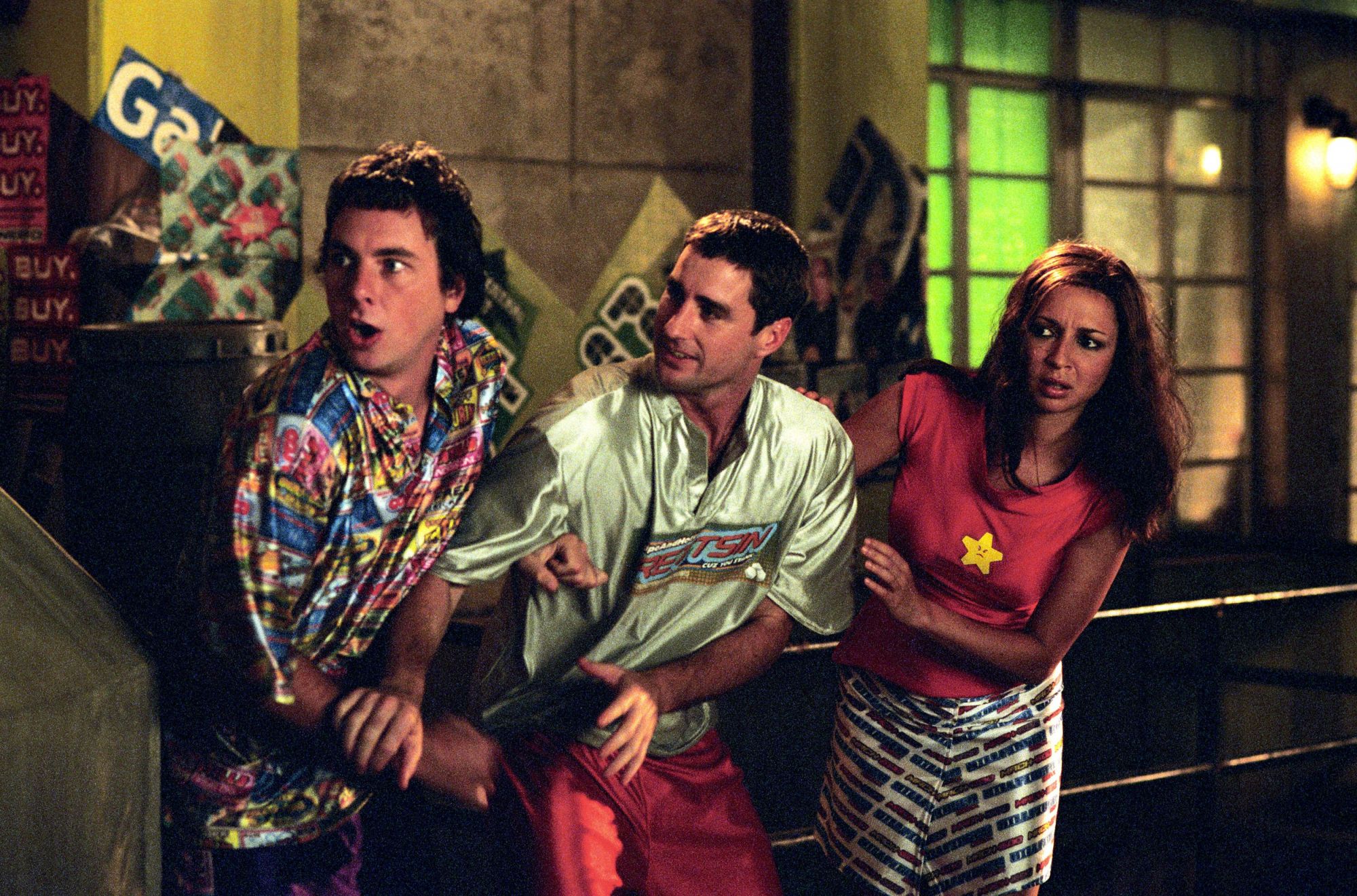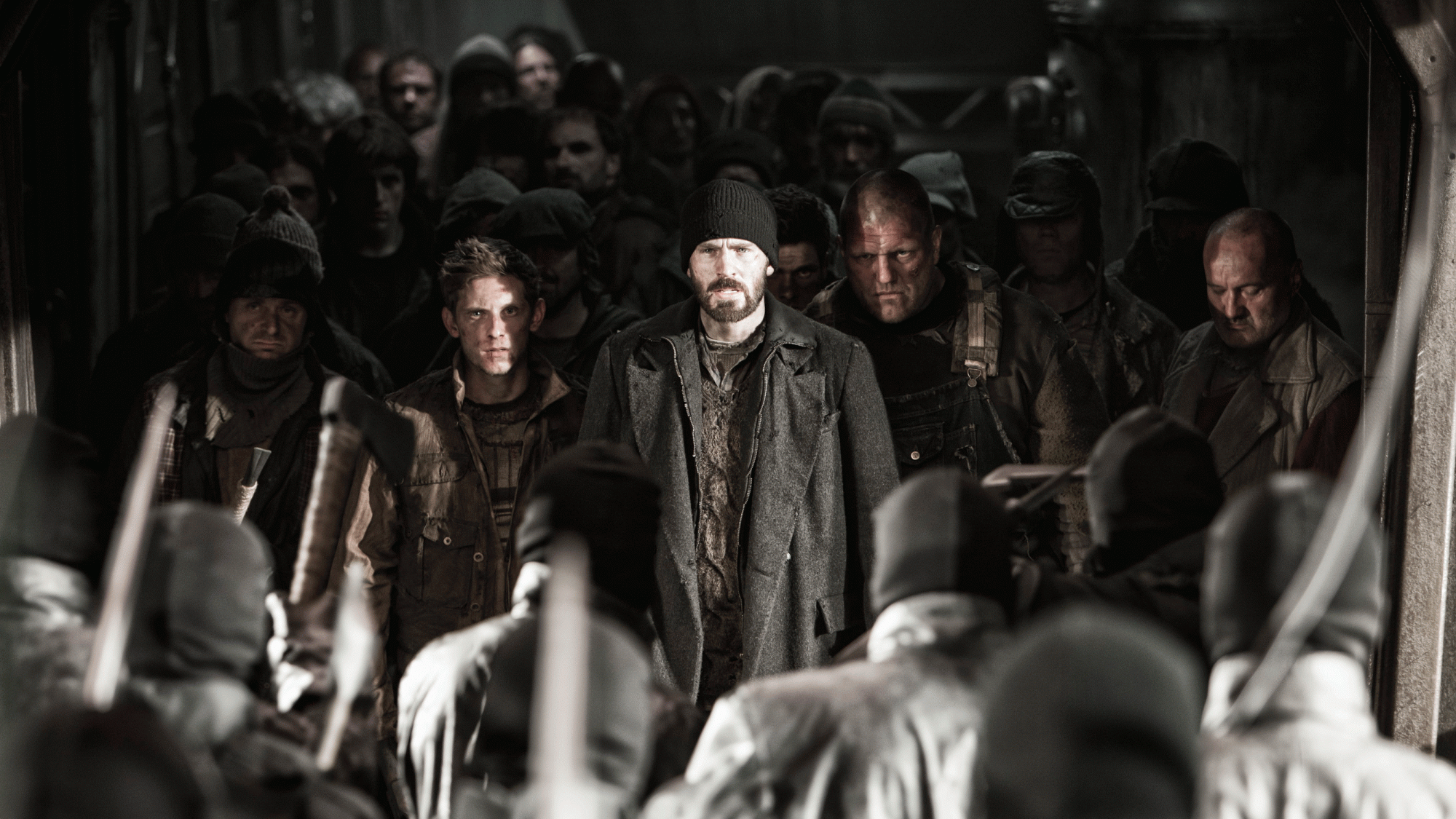
What is your post-apocalyptic movie style? Before you find ourselves in a real dystopia, prepare your wardrobe
Back in 1932, one of the greatest geniuses in the history of cinema, the German Fritz Lang, created dystopian cinema in one fell swoop as we know it with his epic silent film Metropolis. Just under a century later, dystopian and post-apocalyptic cinema has become one of the most popular sub-genres of the sci-fi genre. Despite their (apparently) variety these films have imagined a future that, today, doesn't even seem too unlikely. The style of the costumes of post-apocalyptic films can be traced back to five general aesthetic strands depending on the setting of their story, nss magazine has listed them for you, so that when the apocalypse really comes, you will find yourself prepared.
Survivalist
Survivalist aesthetics are typical of films set after some environmental catastrophe or a pandemic. The protagonists of these films find themselves living in a nature that has suddenly become hostile. These films rarely have city settings: the best example is certainly the Mad Max saga, consisting of four films, all directed by George Miller, set in a futuristic desert dominated by biker-warrior gangs but there are exceptions, as the New York of I Am Legend. The distinguishing factor here compared to the rest of the post-apocalyptic films is that society hasn't changed but disintegrated, there simply doesn't exist one anymore. In general, the protagonists of these films prefer practicality to aggression, their clothes are earth-colored and the two main items that make up the survivalist outfit are a sruvy tank top and cargo pants paired with combat boots.
Sleek-chic
Dystopian films that follow this aesthetic tend to have more urban settings. Stories vary widely, depending on the nature of the conflicts within the story, but the outfits of these films are the exact opposite of the survivalist style: minimal, tight, often dark and universally linear and simple. The item-symbol of these films is the so-called catsuit, or the tight suit, which has become popular thanks to superhero movies, covering the entire body but among the possible variations there are also deconstructed tailoring dresses and flowing tunics. The only film slightly out of place among those you'll see in the gallery is Star Trek: Into Darkness, which is not related to the dystopian strand but whose antagonist, Khan, is a perfect example of his style.
Dystopian Normcore
Dystopian normcore is one of the most interesting strands of post-apocalyptic aesthetics, often set in the not-too-distant future. The films of this strand are set in urban societies externally similar to ours but, depending on the case, more violent or oppressive or dominated by crime. Snowpiercer and The Children of Men are the most emblematic examples of the strand – which stands out from the sleek chic both for the relative normality of its aesthetic, as well as for the fact that its protagonists are not warriors but ordinary people forced to defend themselves. Needless to say, these are often also the scariest films in their ability to show us the most destructive and toxic traits of our society, but also the subtlest to do so.
Tech Noir
Tech Noir films are stories that underlie crimes and plots set in futuristic and dystopian societies. There is less action than the rest of the films in the strand but their aesthetics do not reflect modern society as much as the past. The founder of this particular aesthetic is Ridley Scott's iconic Blade Runner, whose costumes recalled the iconography of 1940s noir. The aesthetics of these outfits usually alternates rigor and extravagance, but the variations are really endless. Item-symbol of this strand is the outerwear, always dark, often elaborate, and often indebted to the famous trench coat of the detectives of yesced.
Punk fighter
The punk aesthetic is very close to that survivalist one but it is different for the setting of the story. While post-apocalyptic survivalist films have the natural environment as their silent protagonists, those in which the characters inspired by the punk aesthetic are the most infamous neighborhoods of big cities of the future and largely inspired by the punk aesthetic of the 80s, with an emphasis placed on the reinterpretation in a desecration sense of the military uniform or closer to the aesthetics of the gangs of the slums.



















